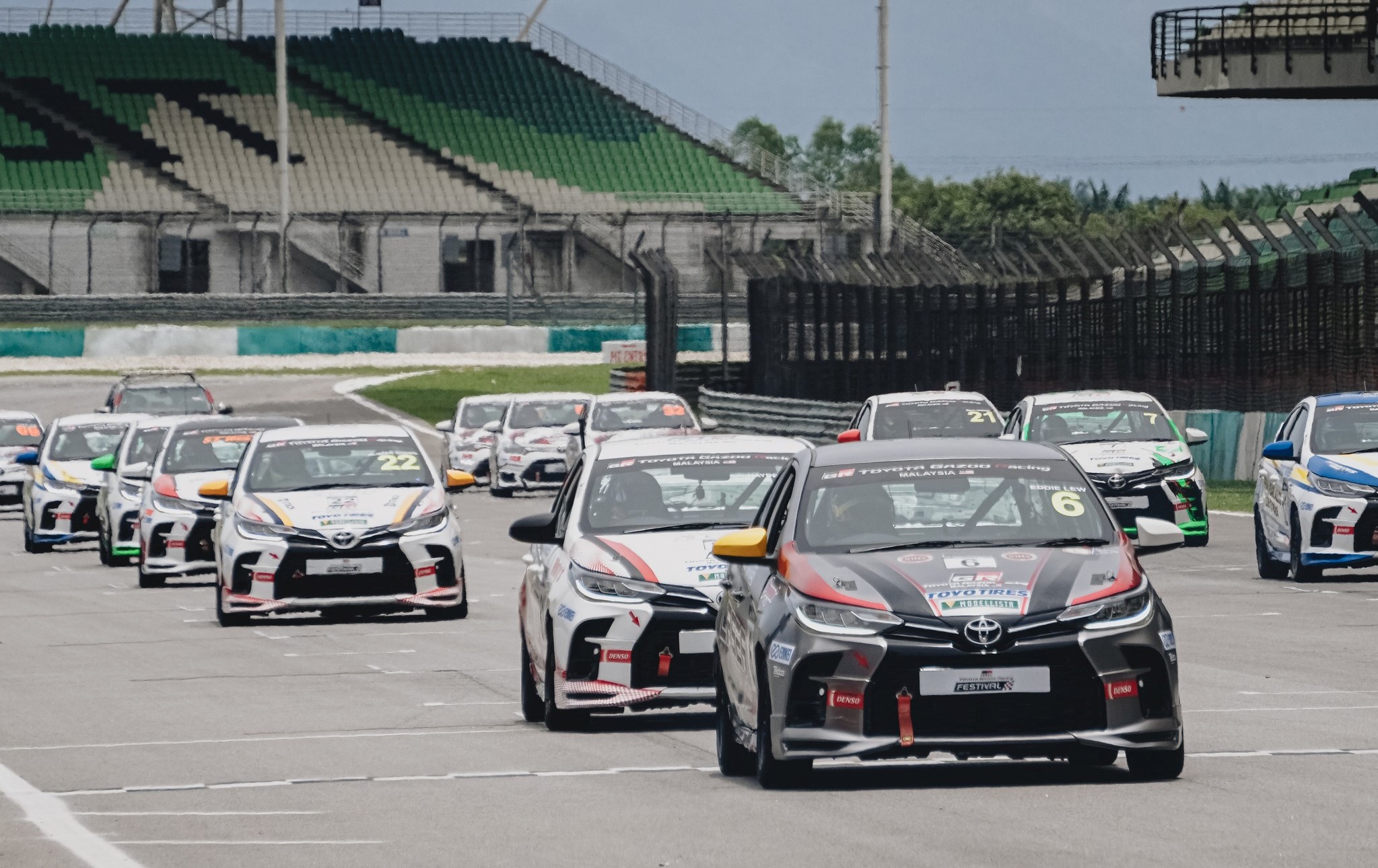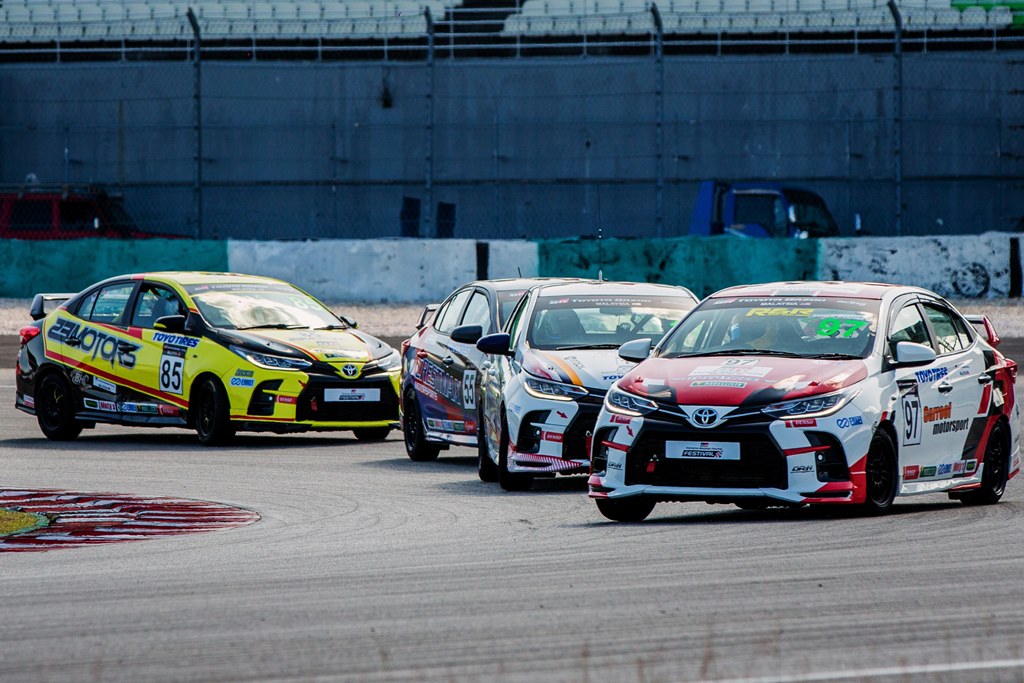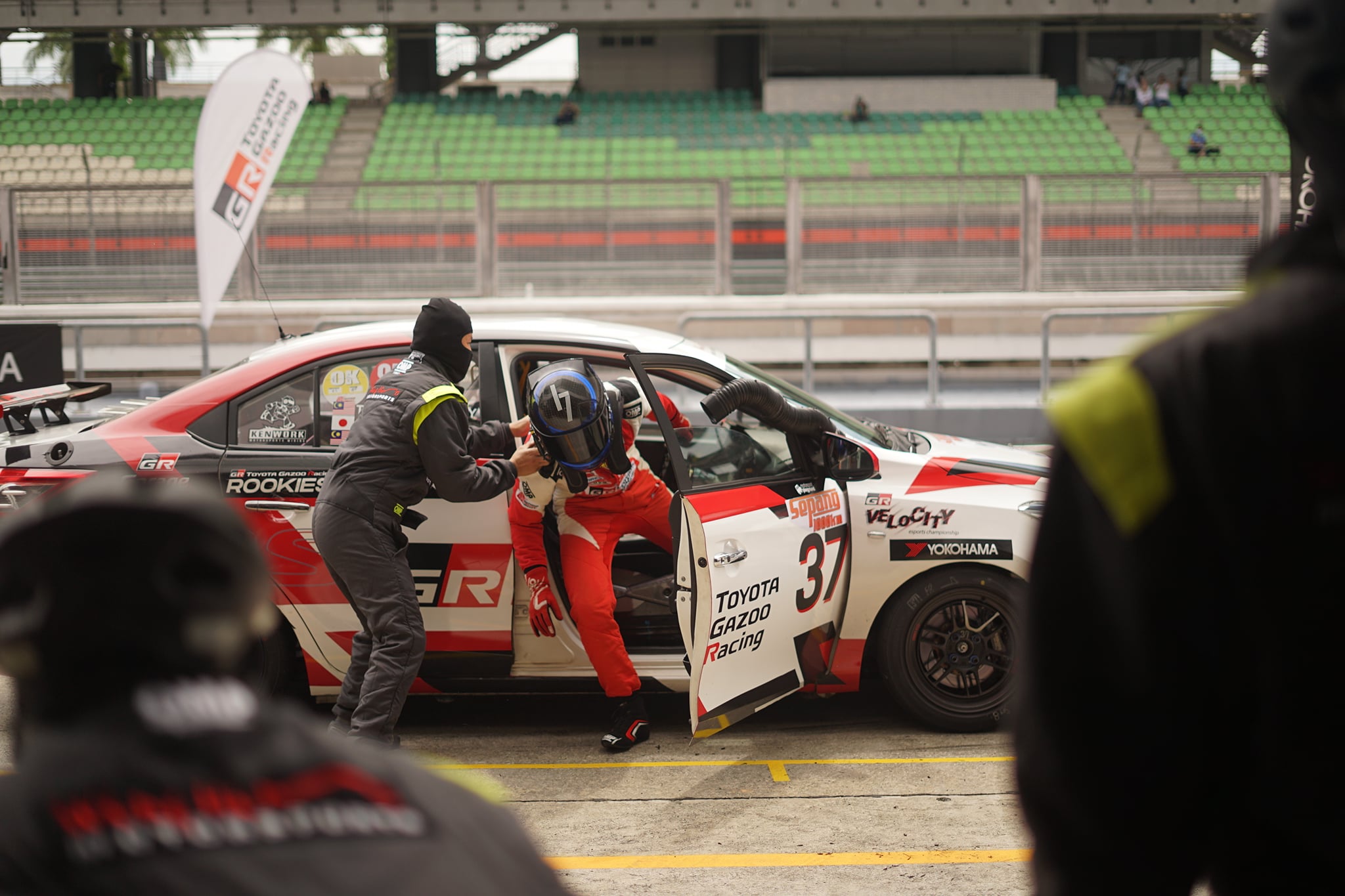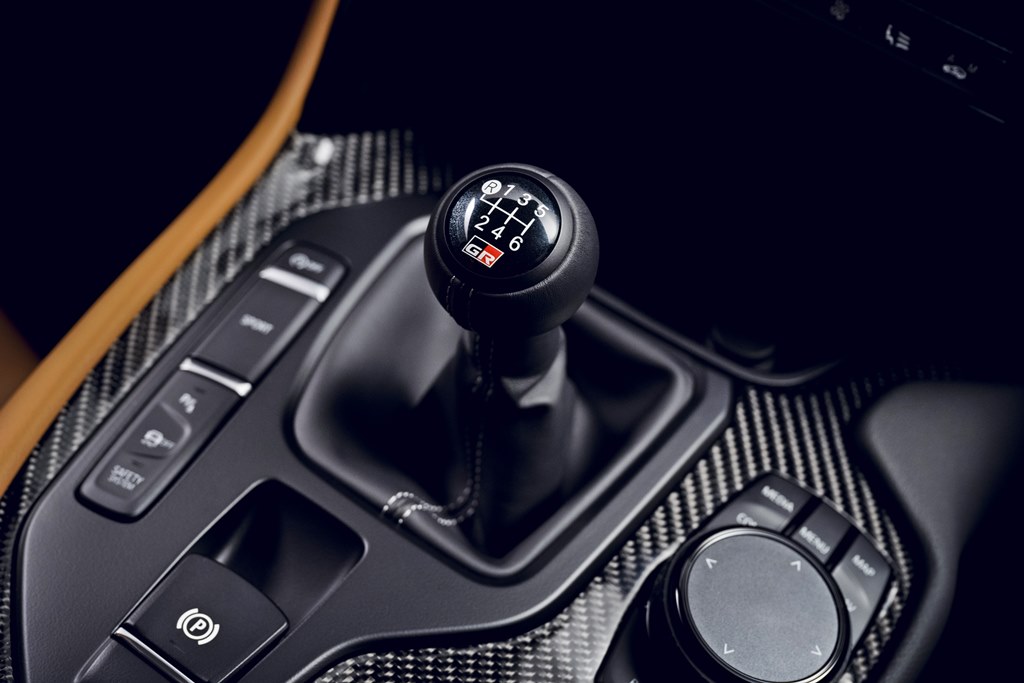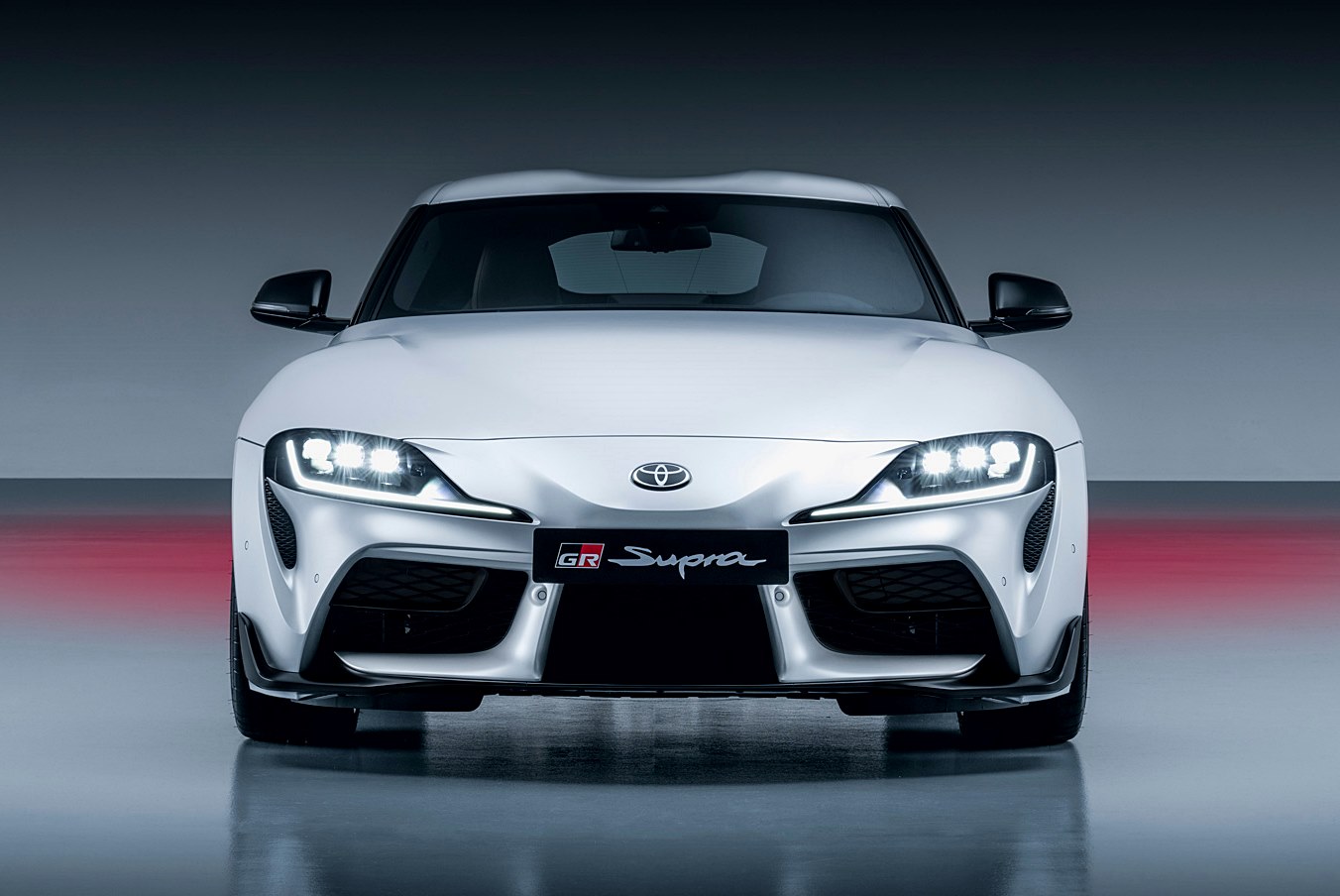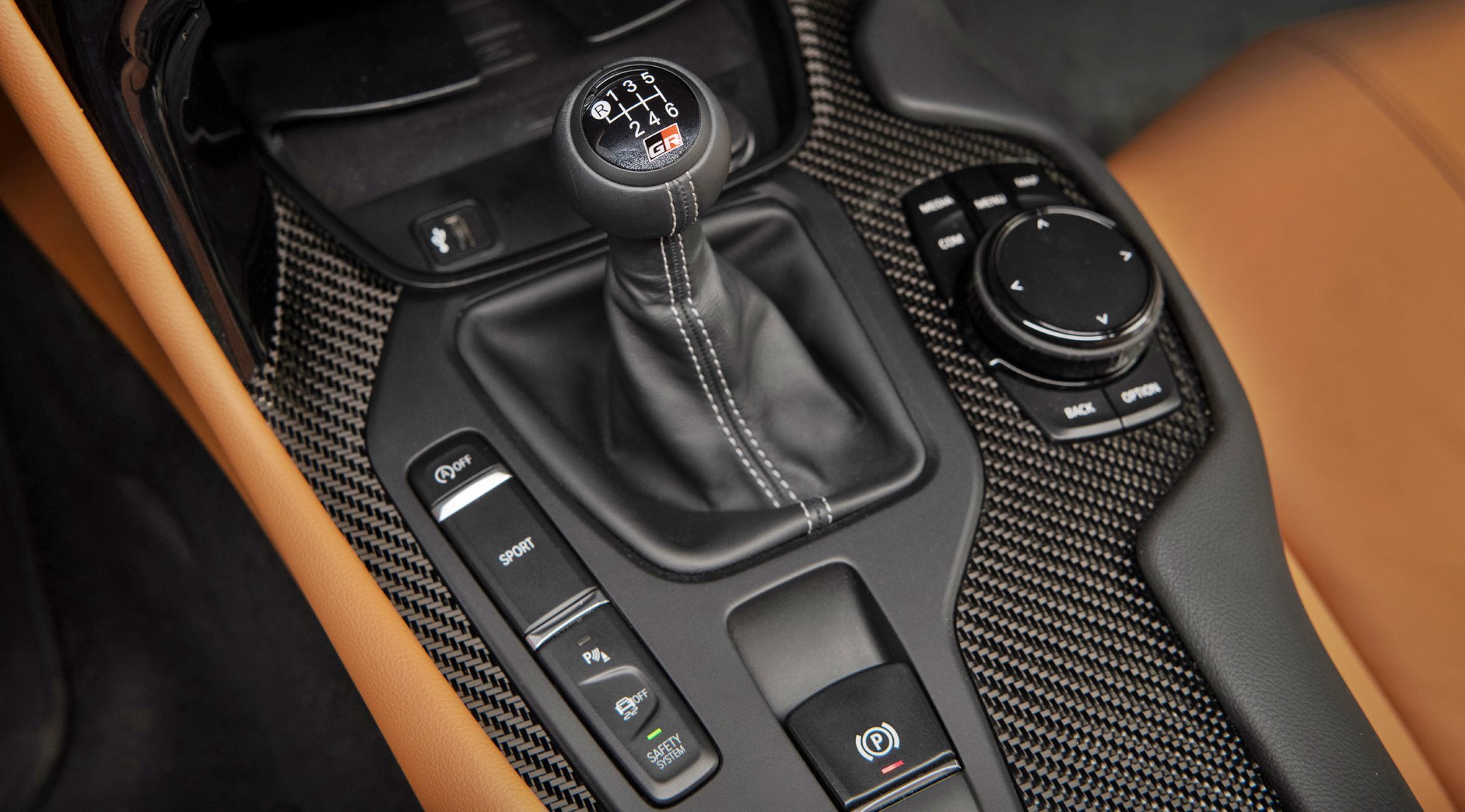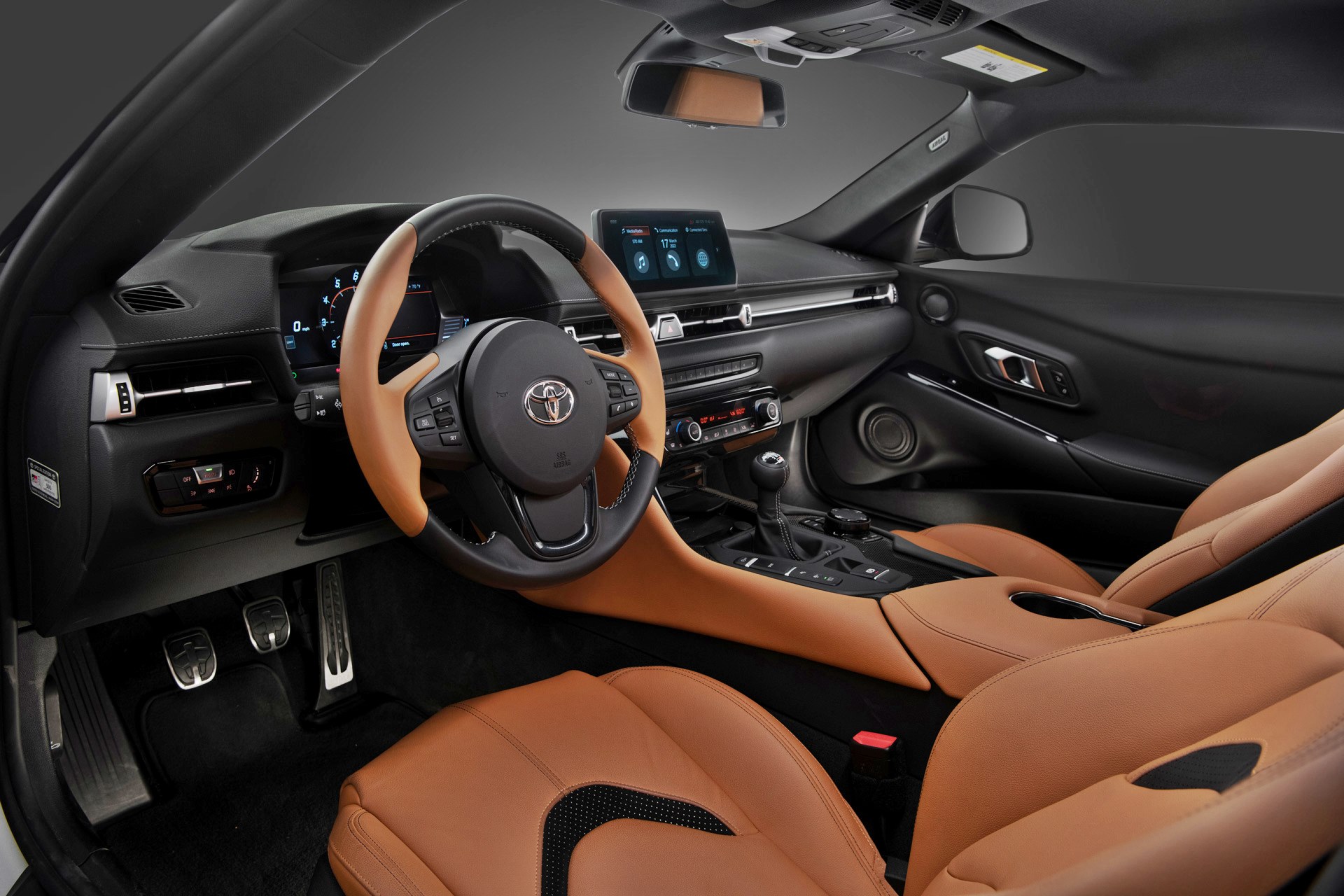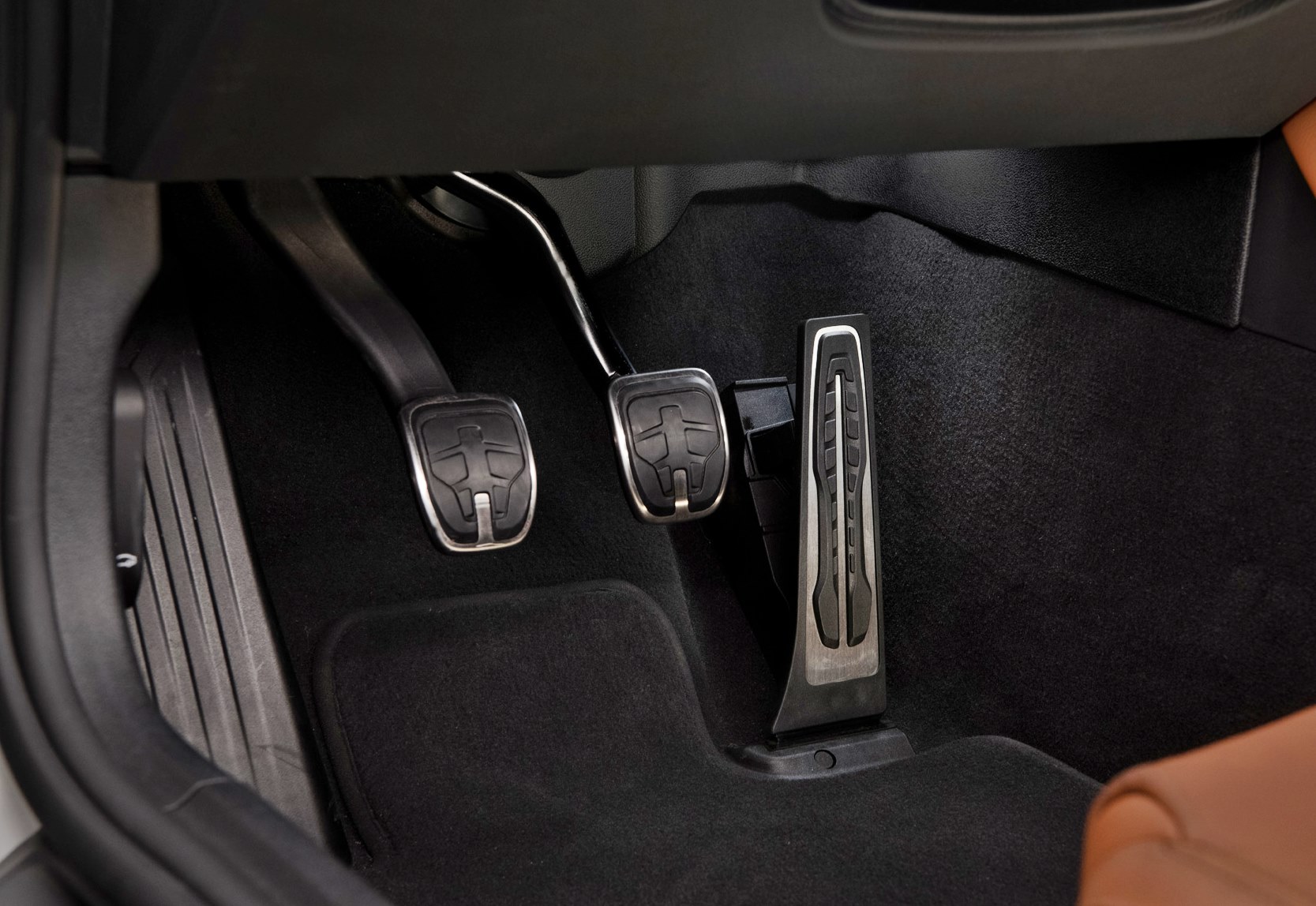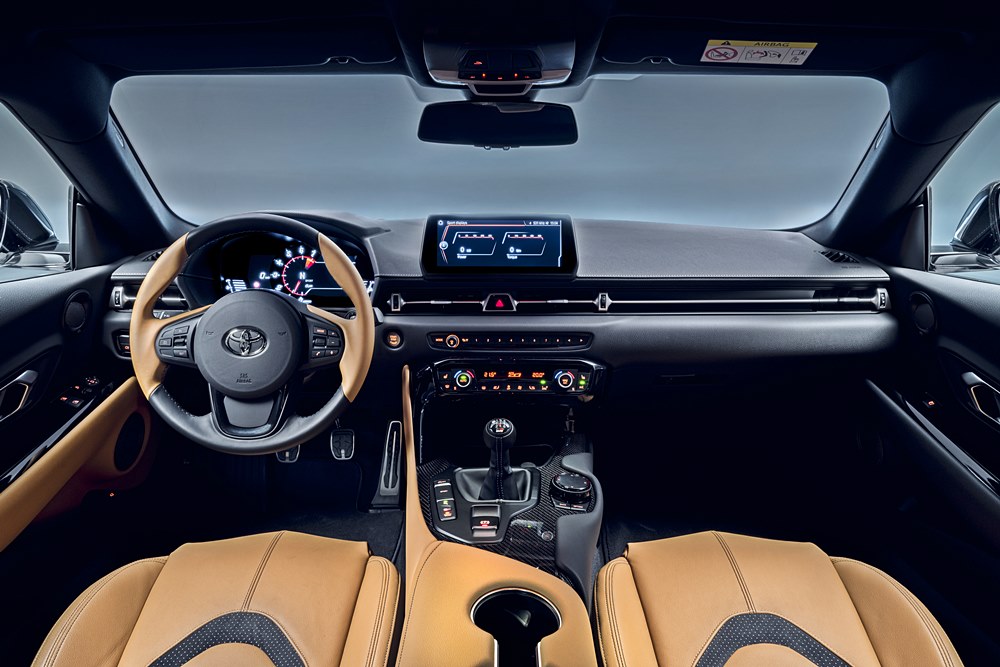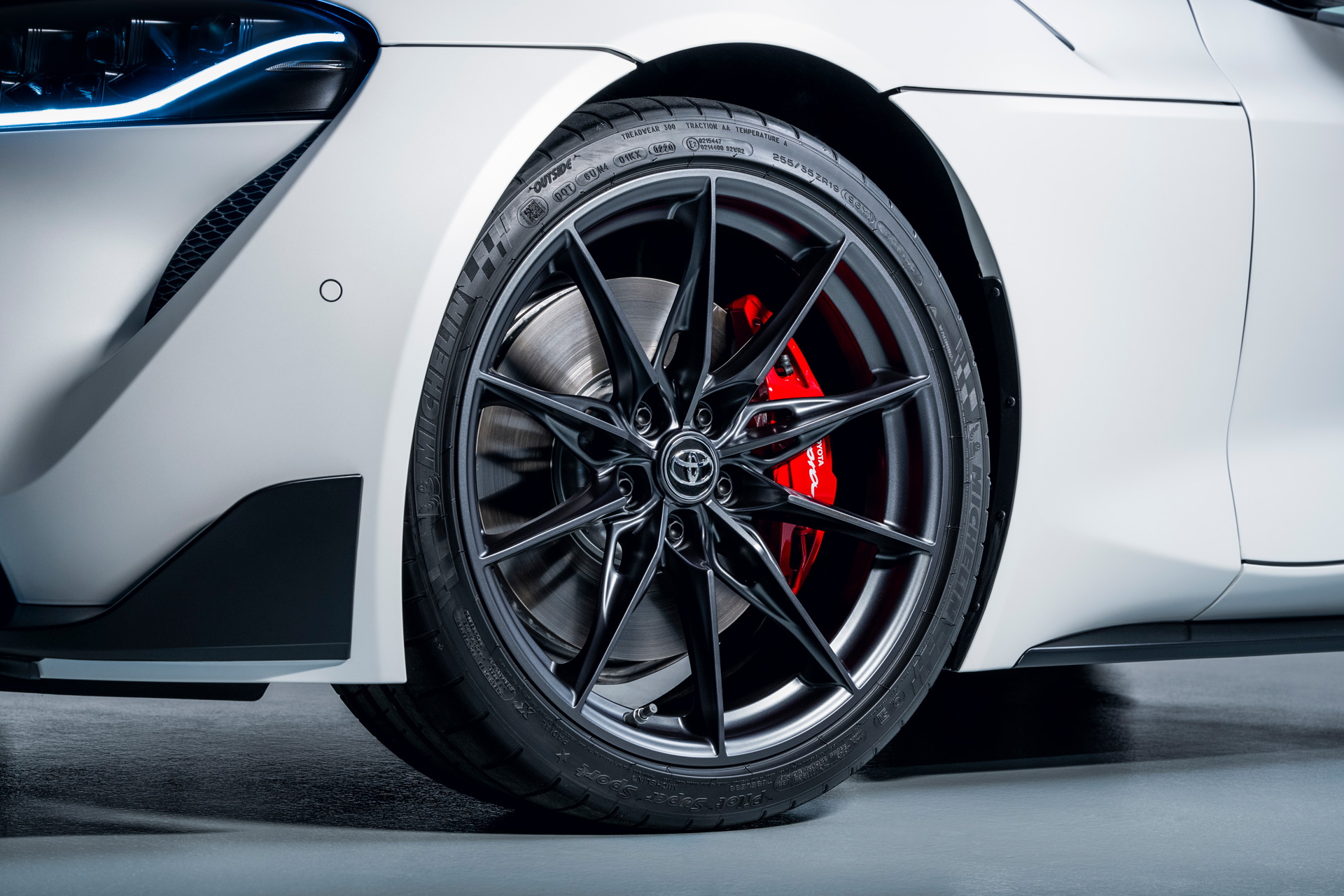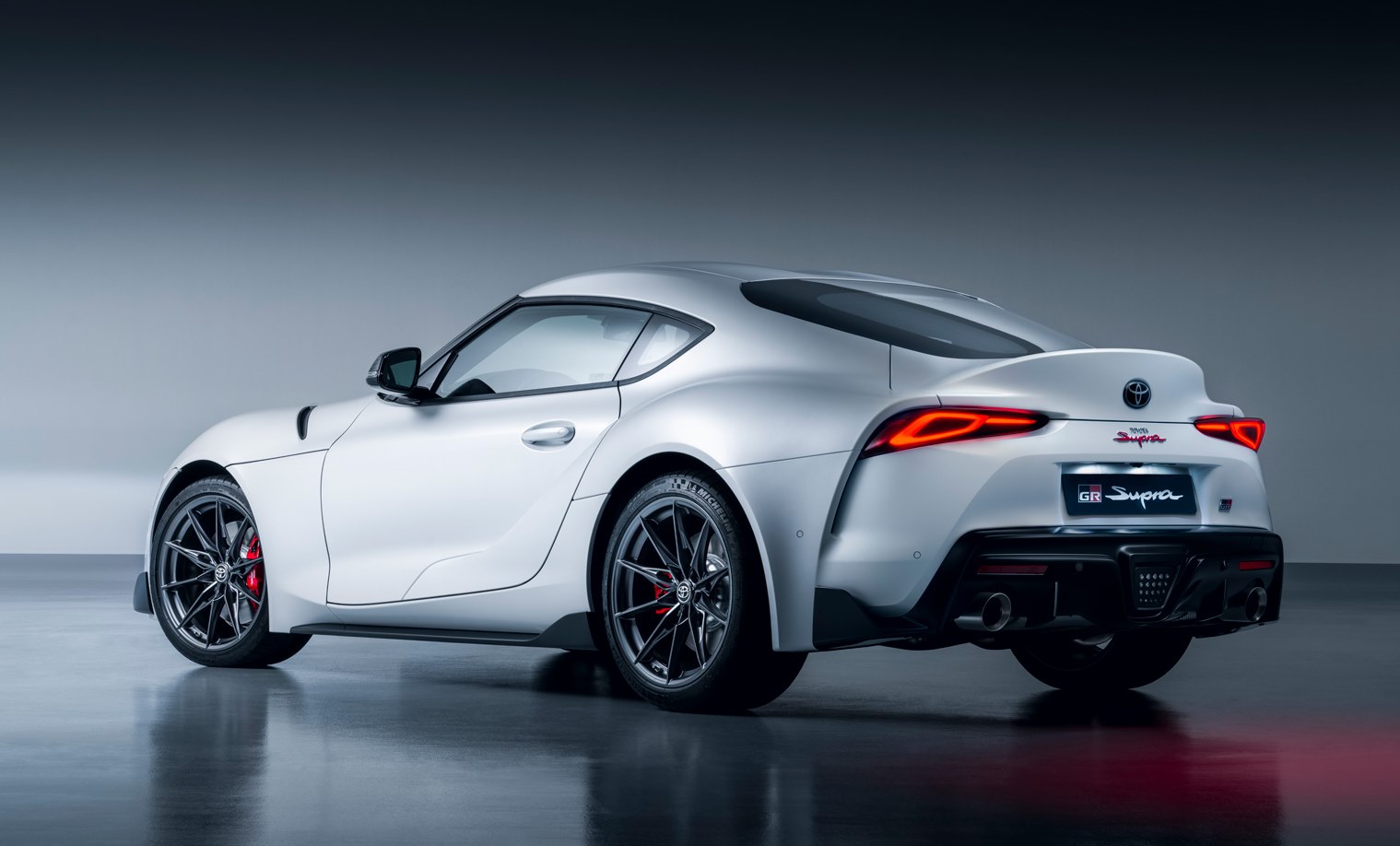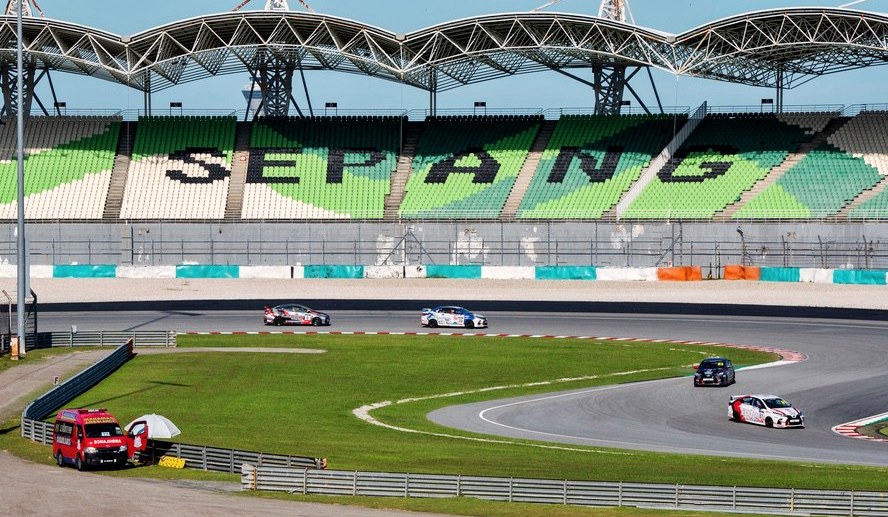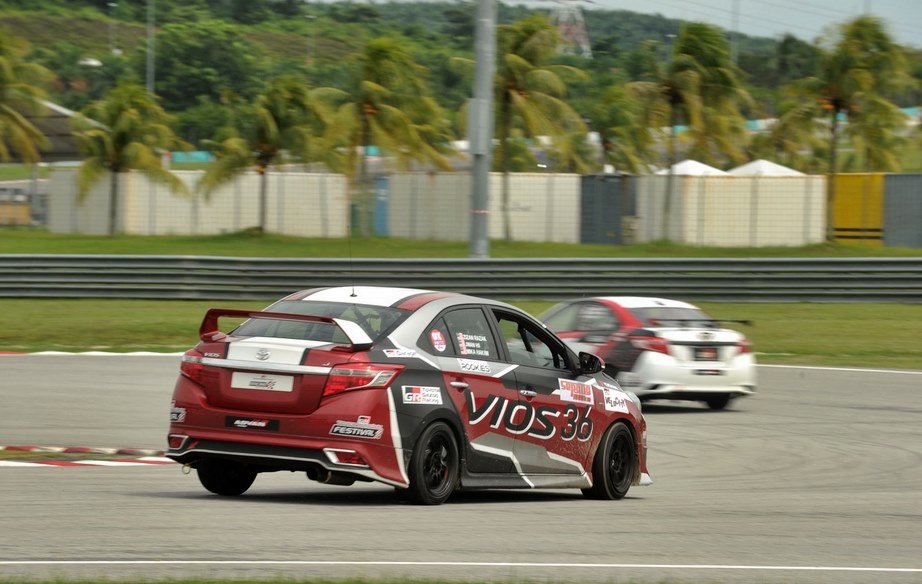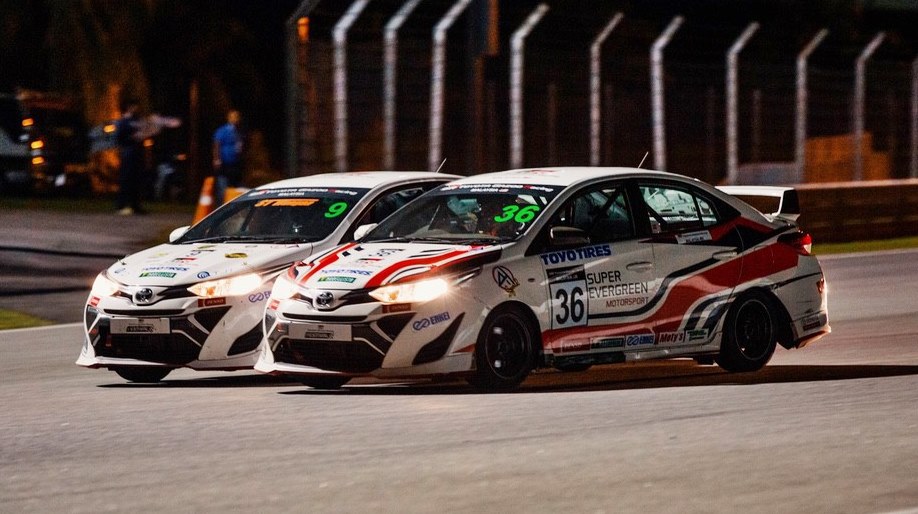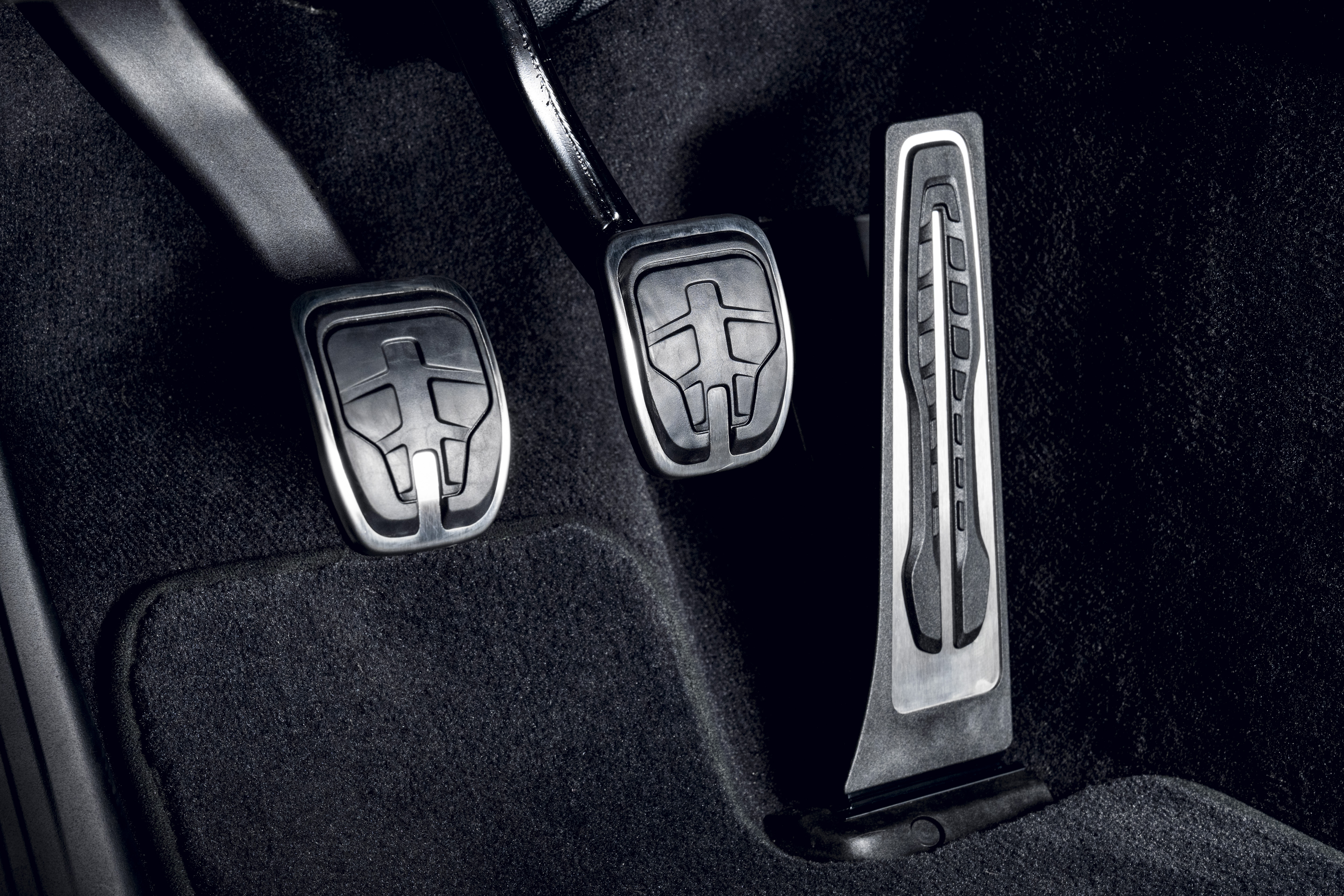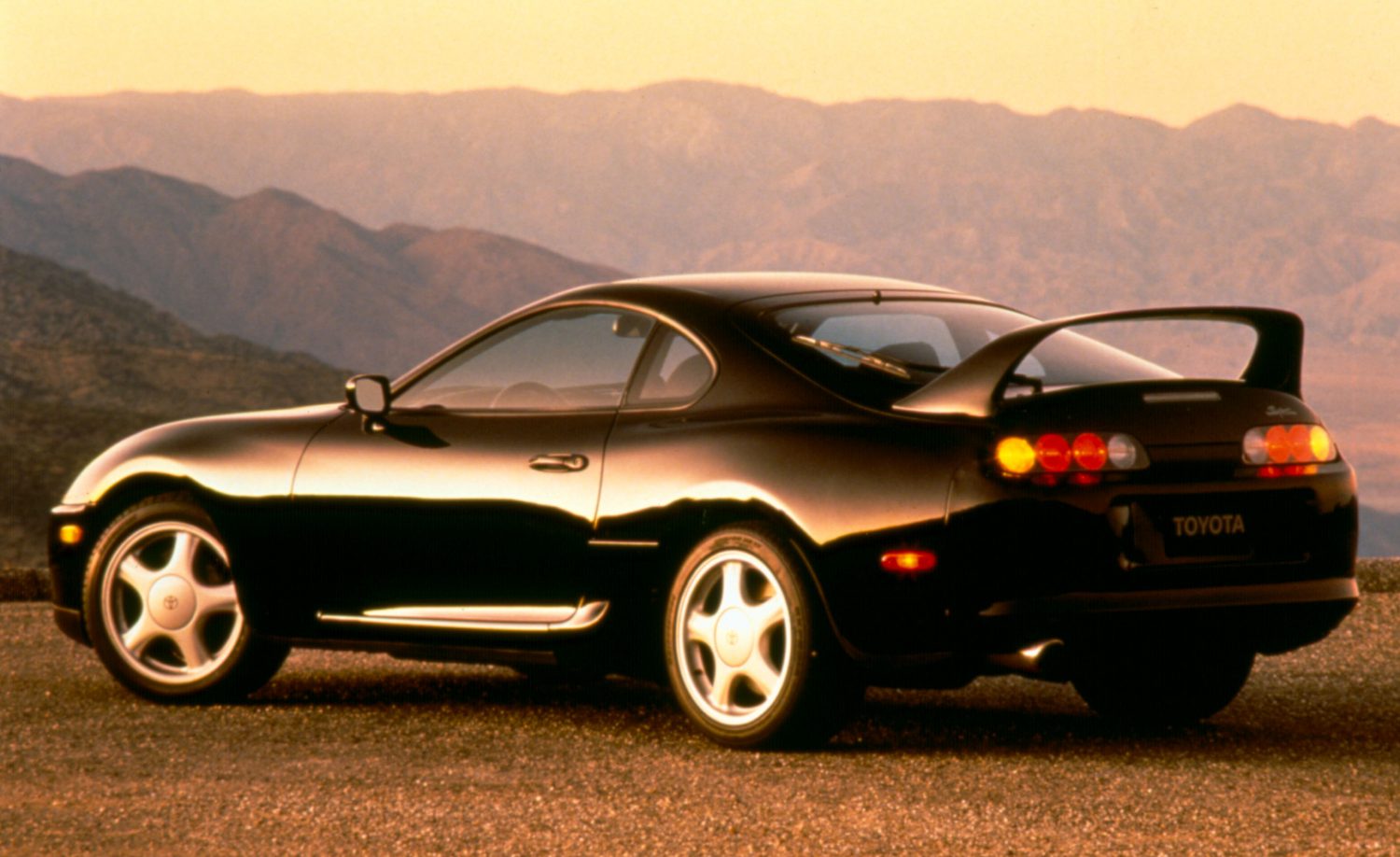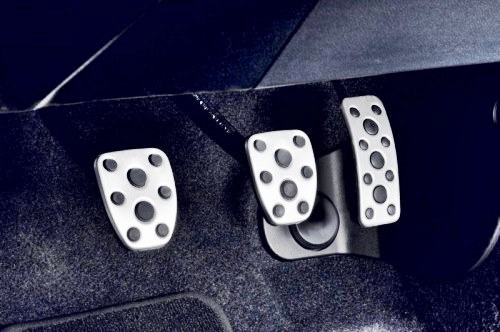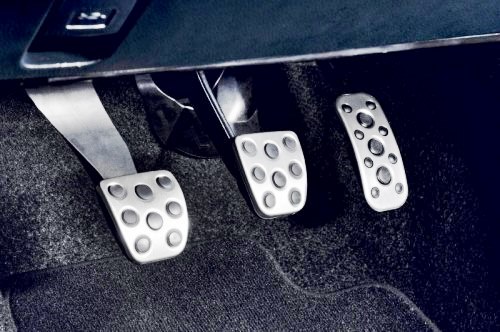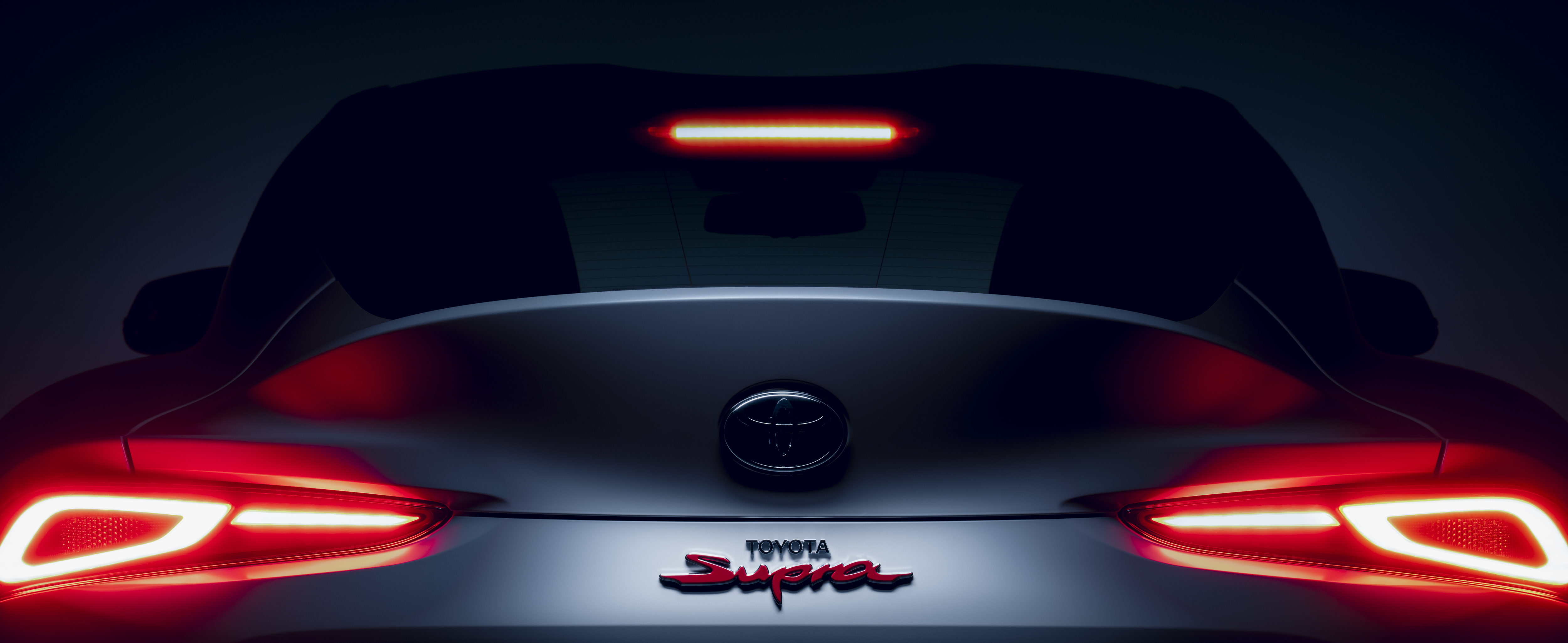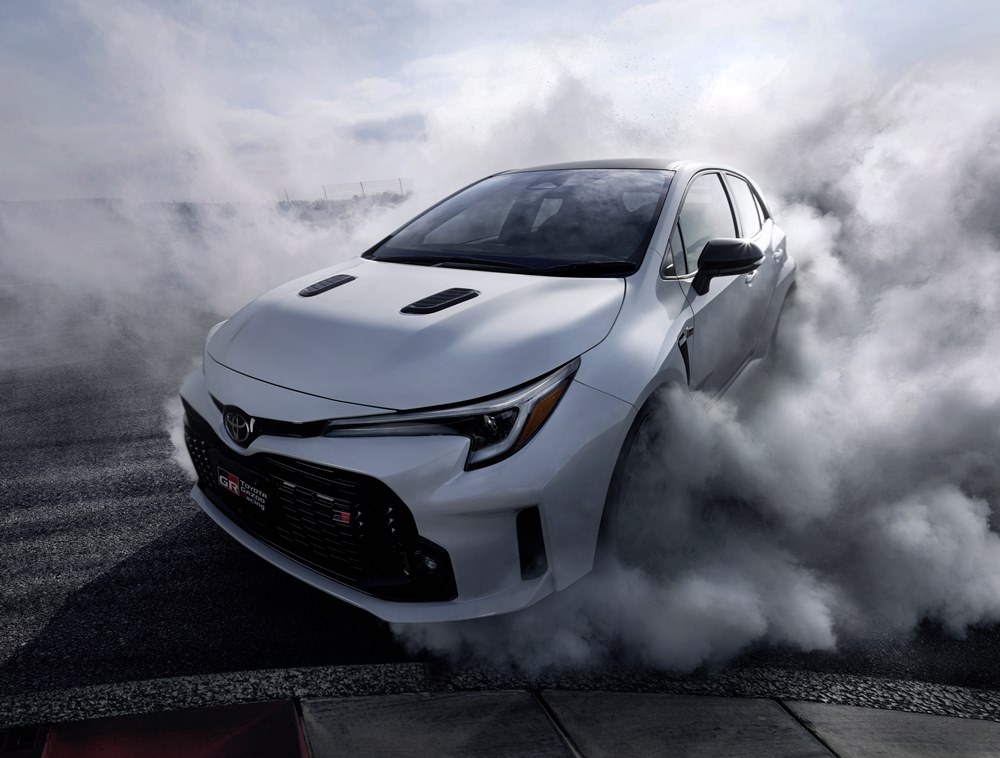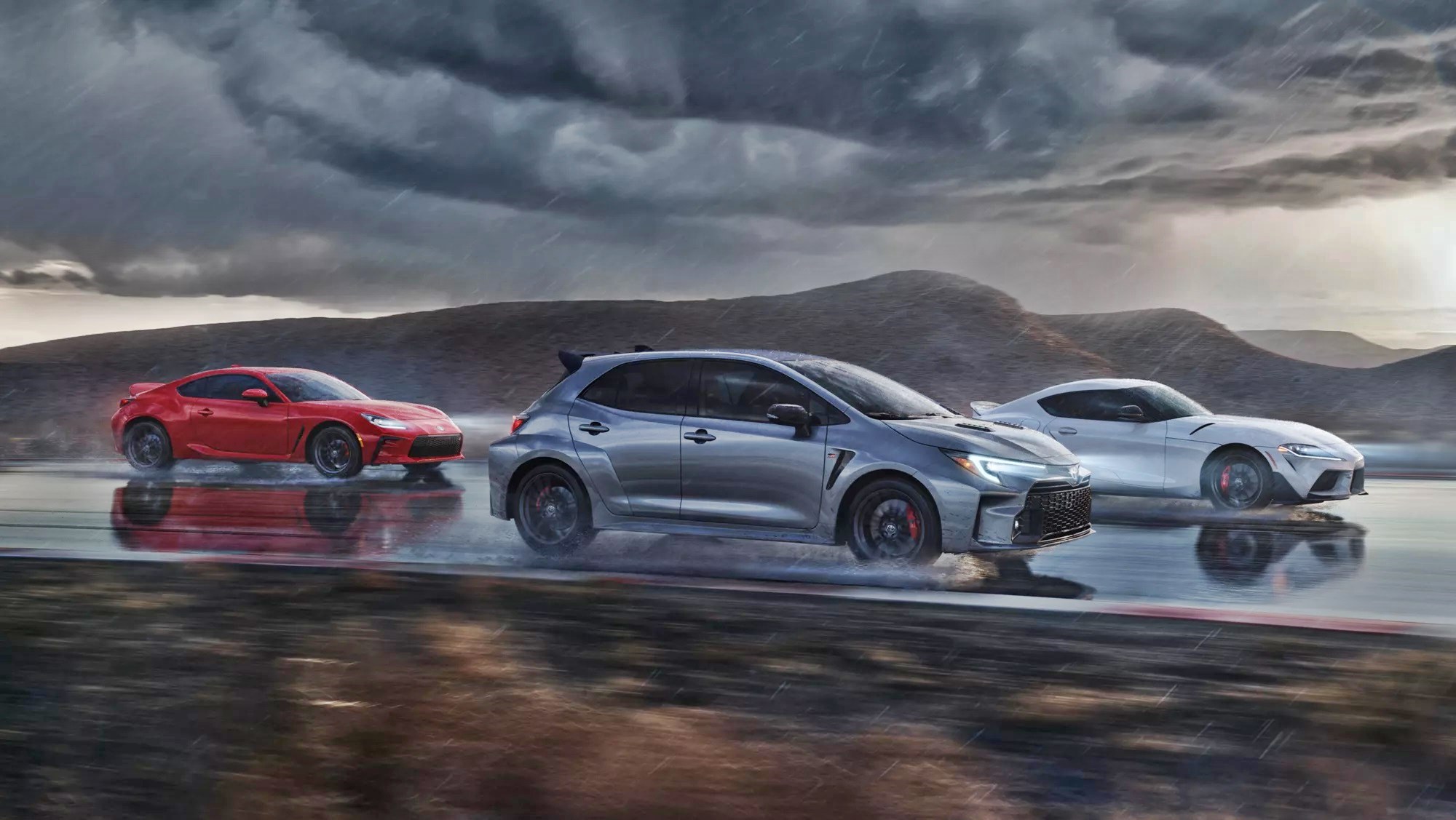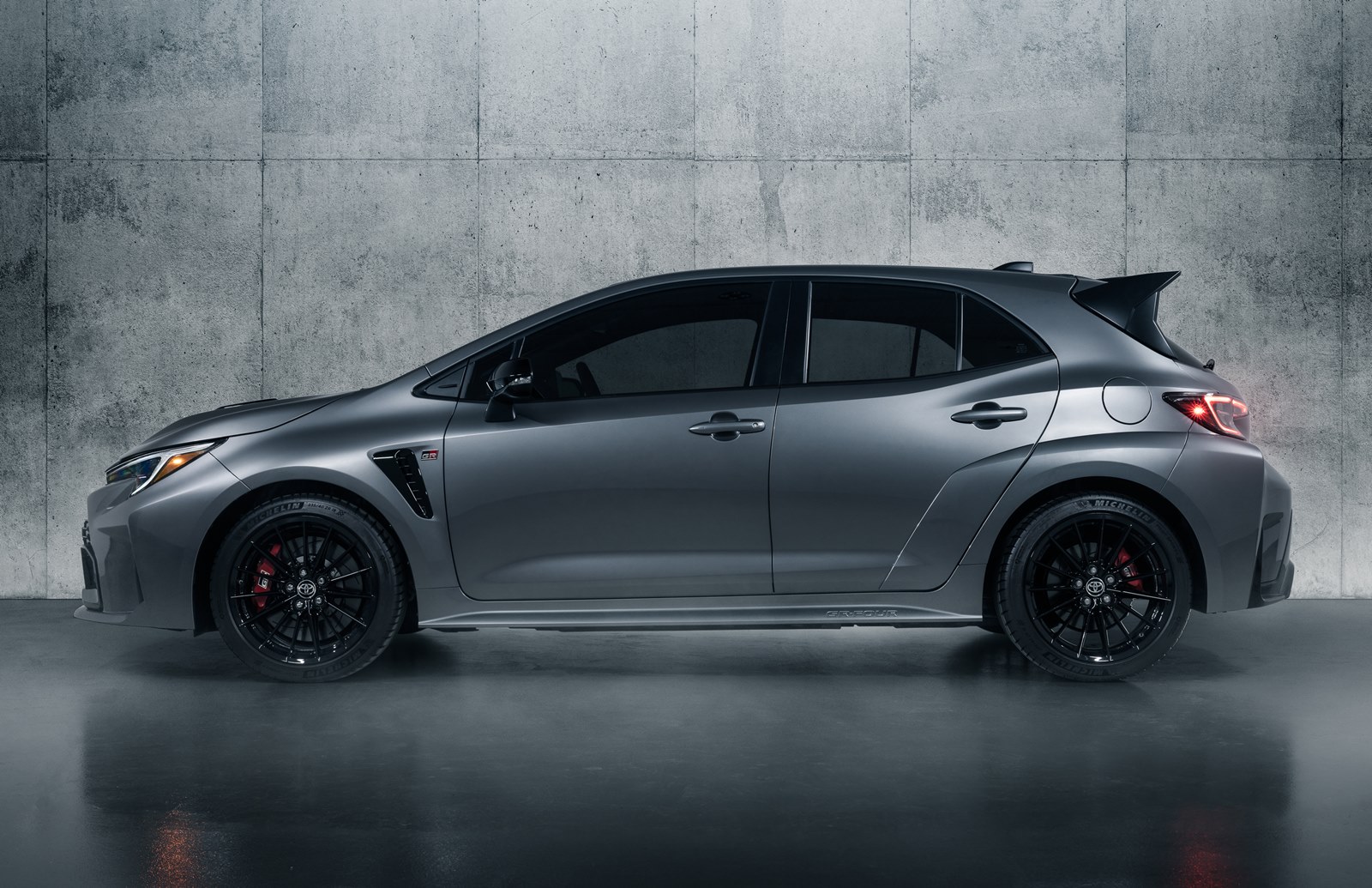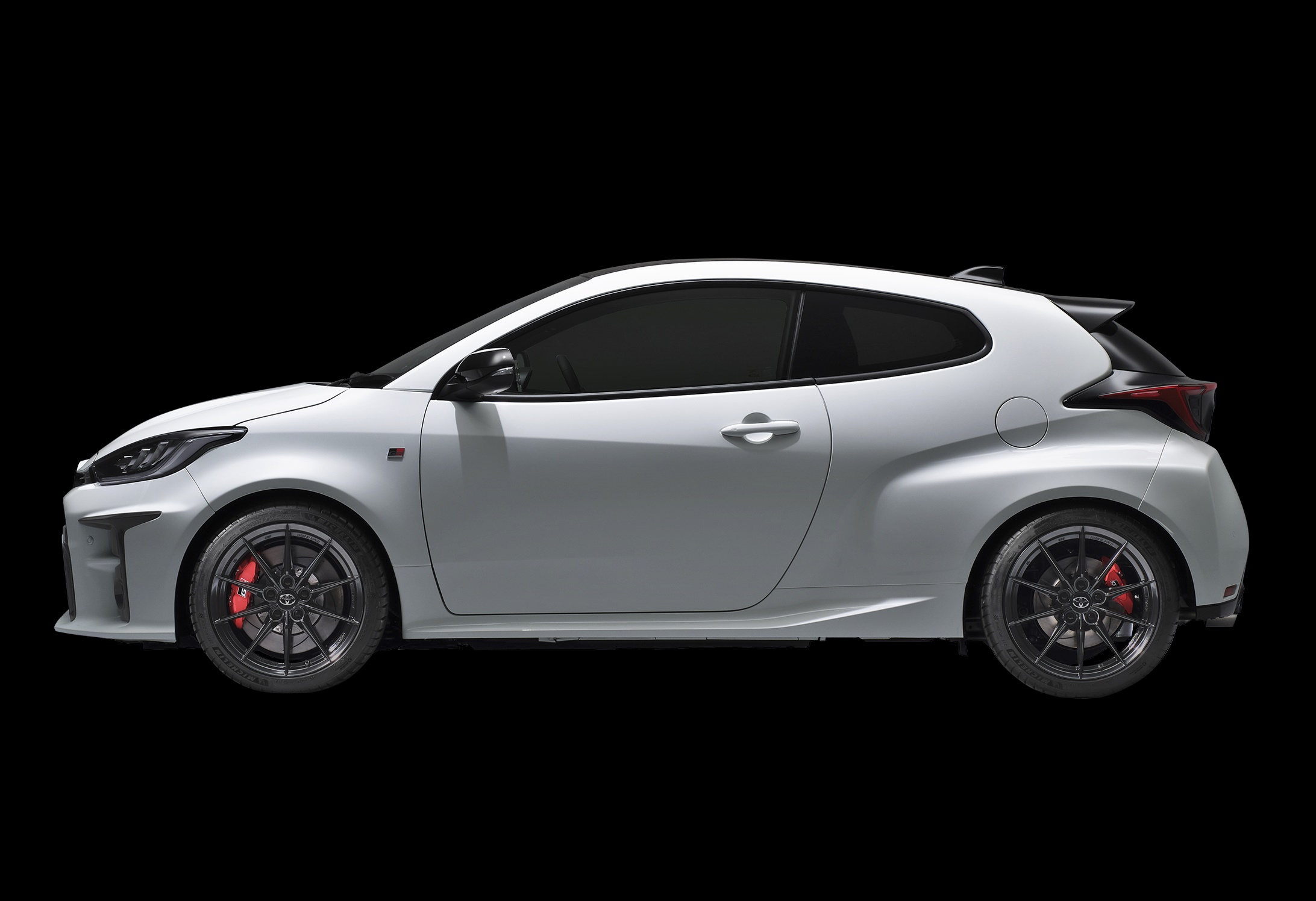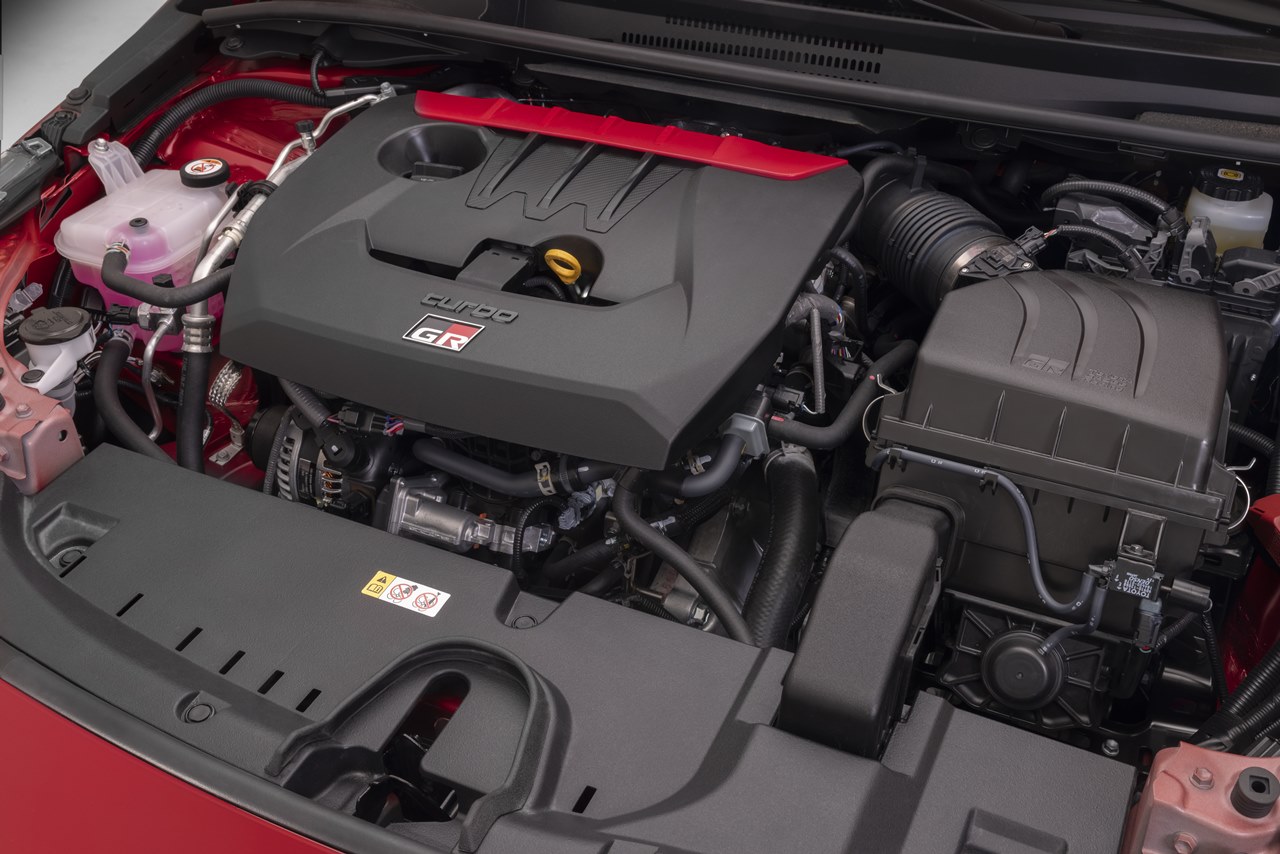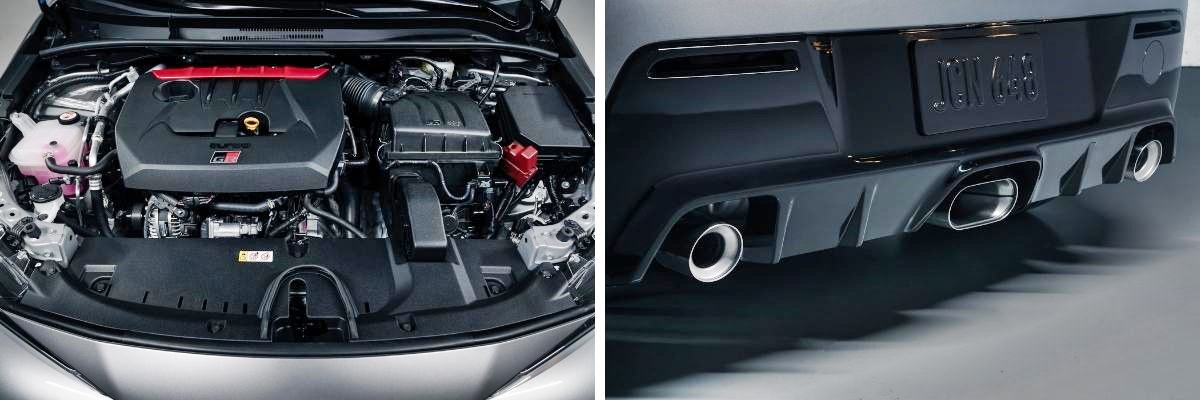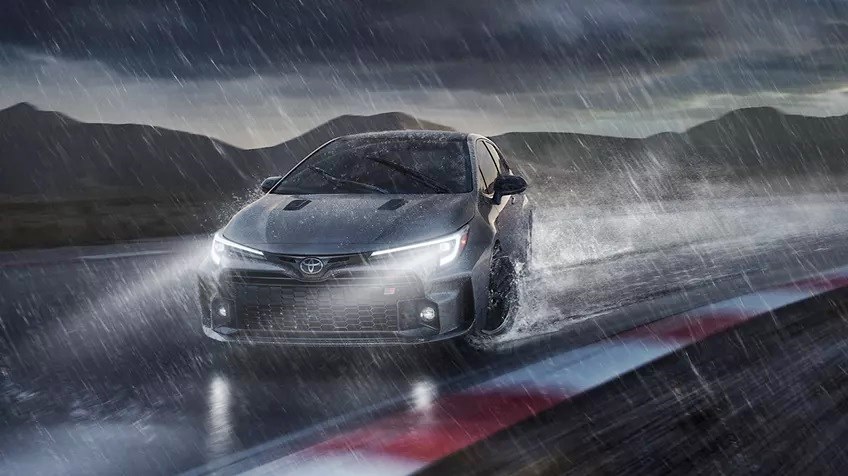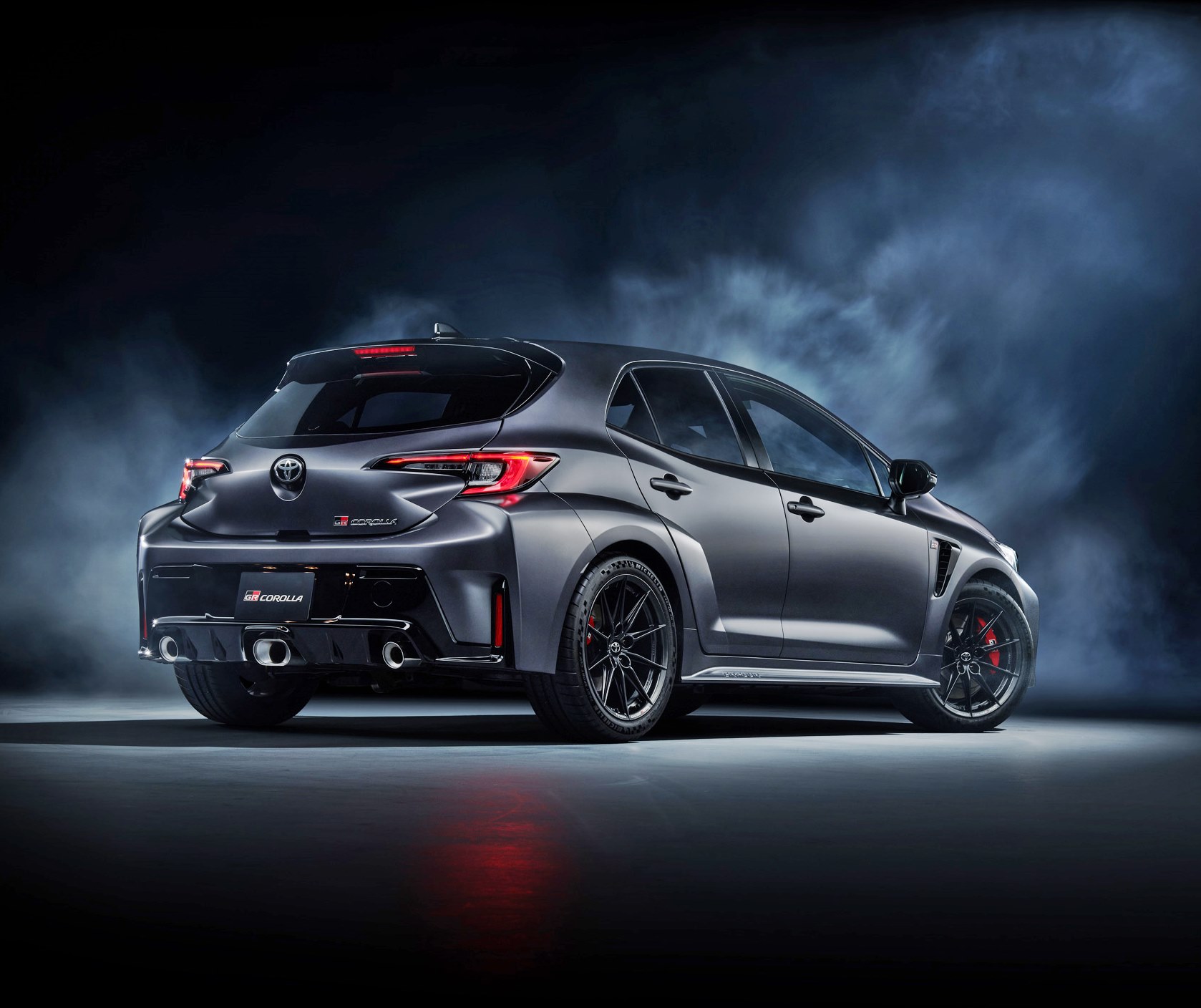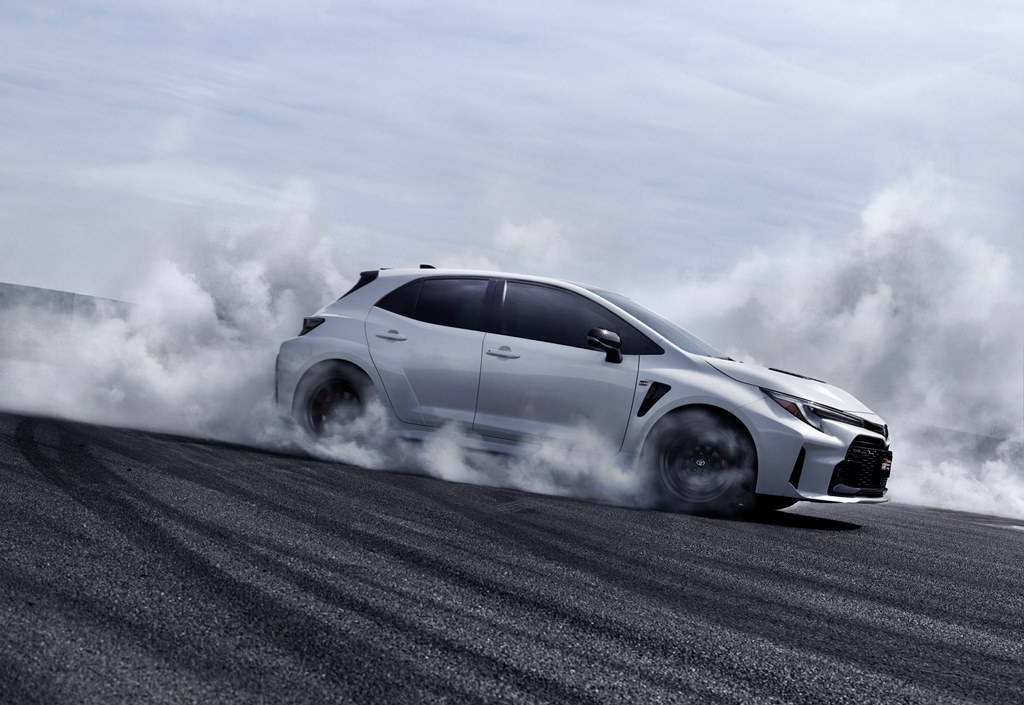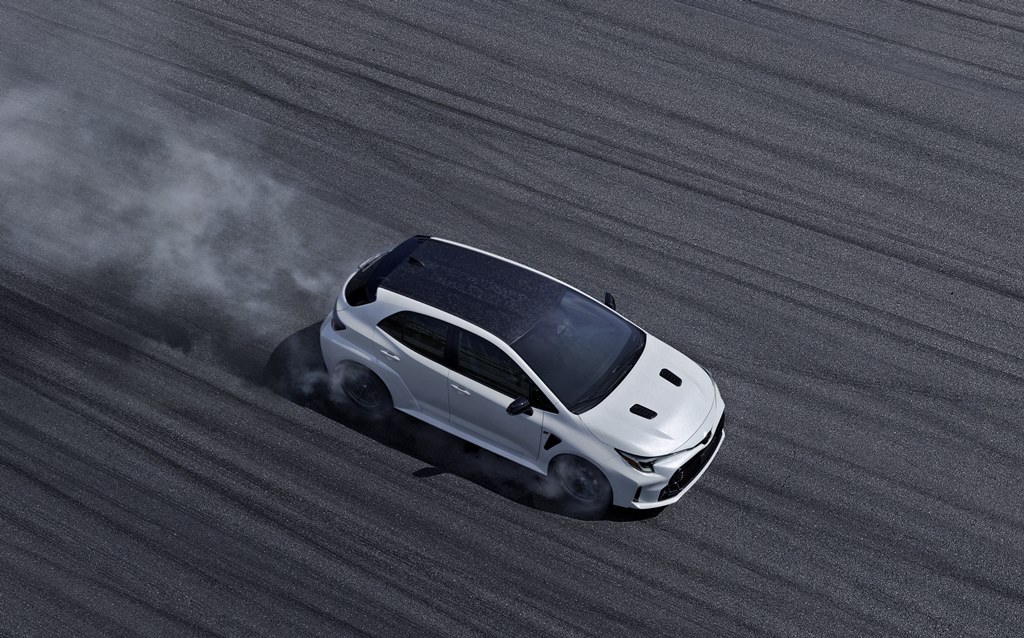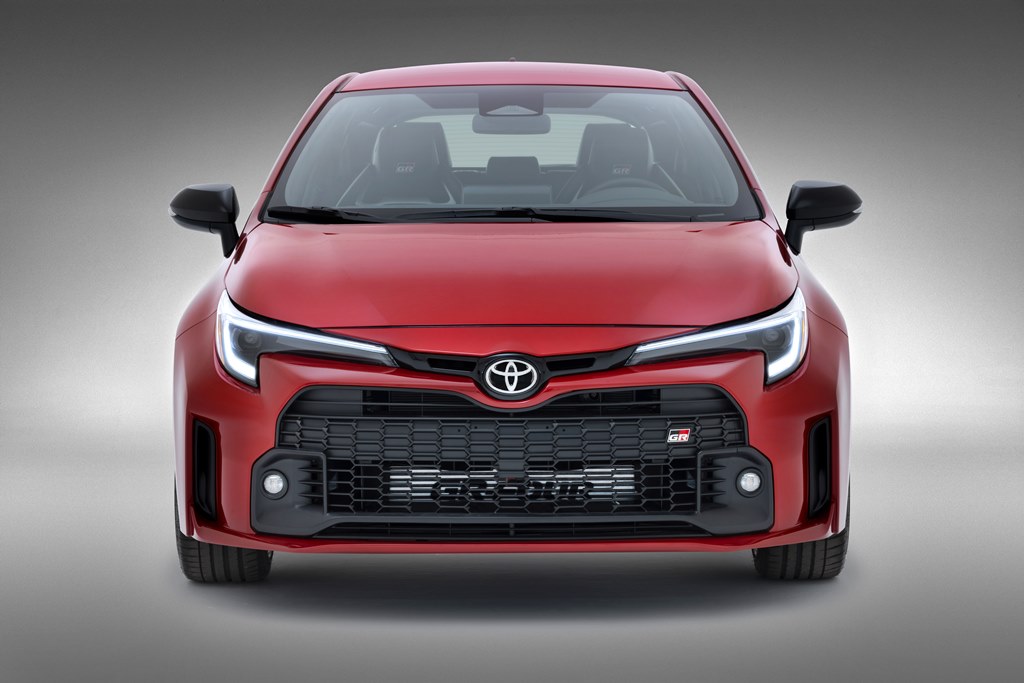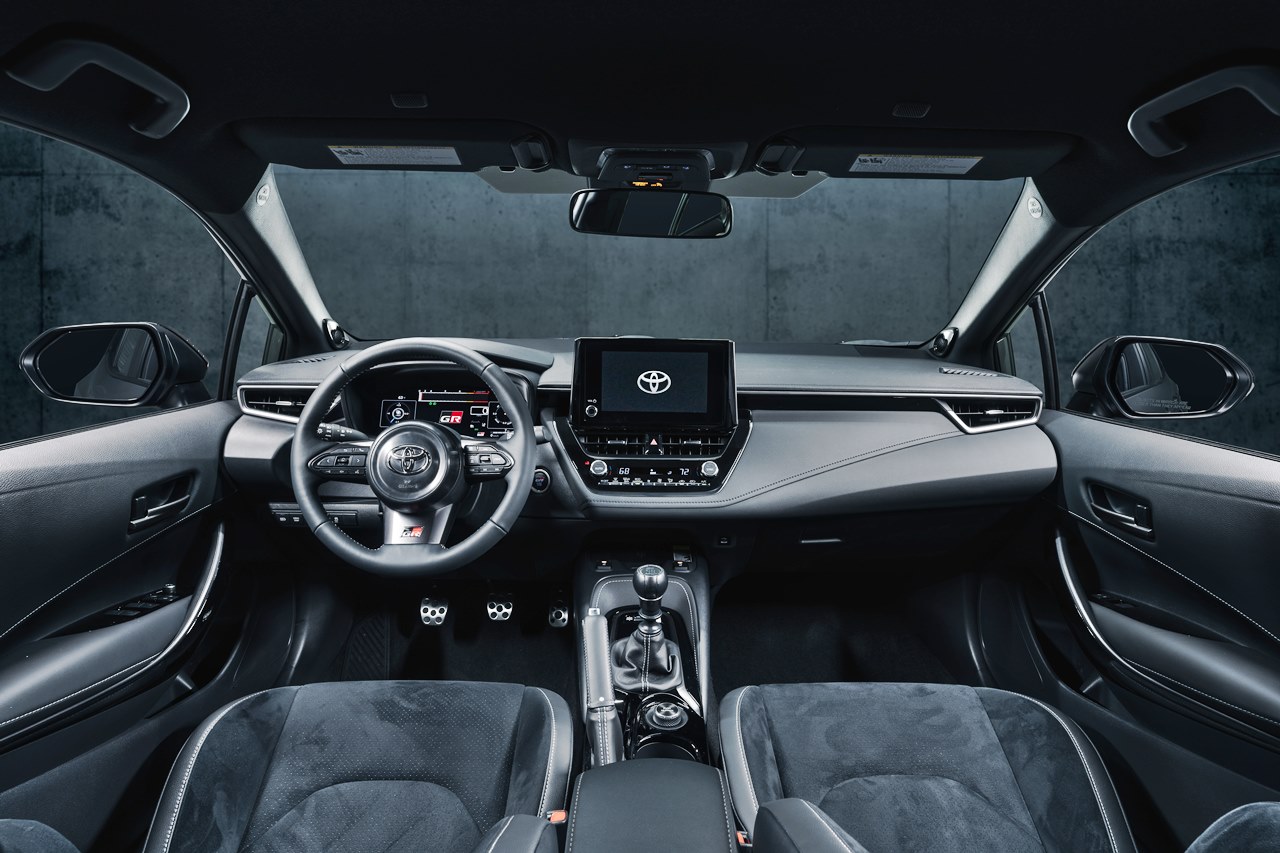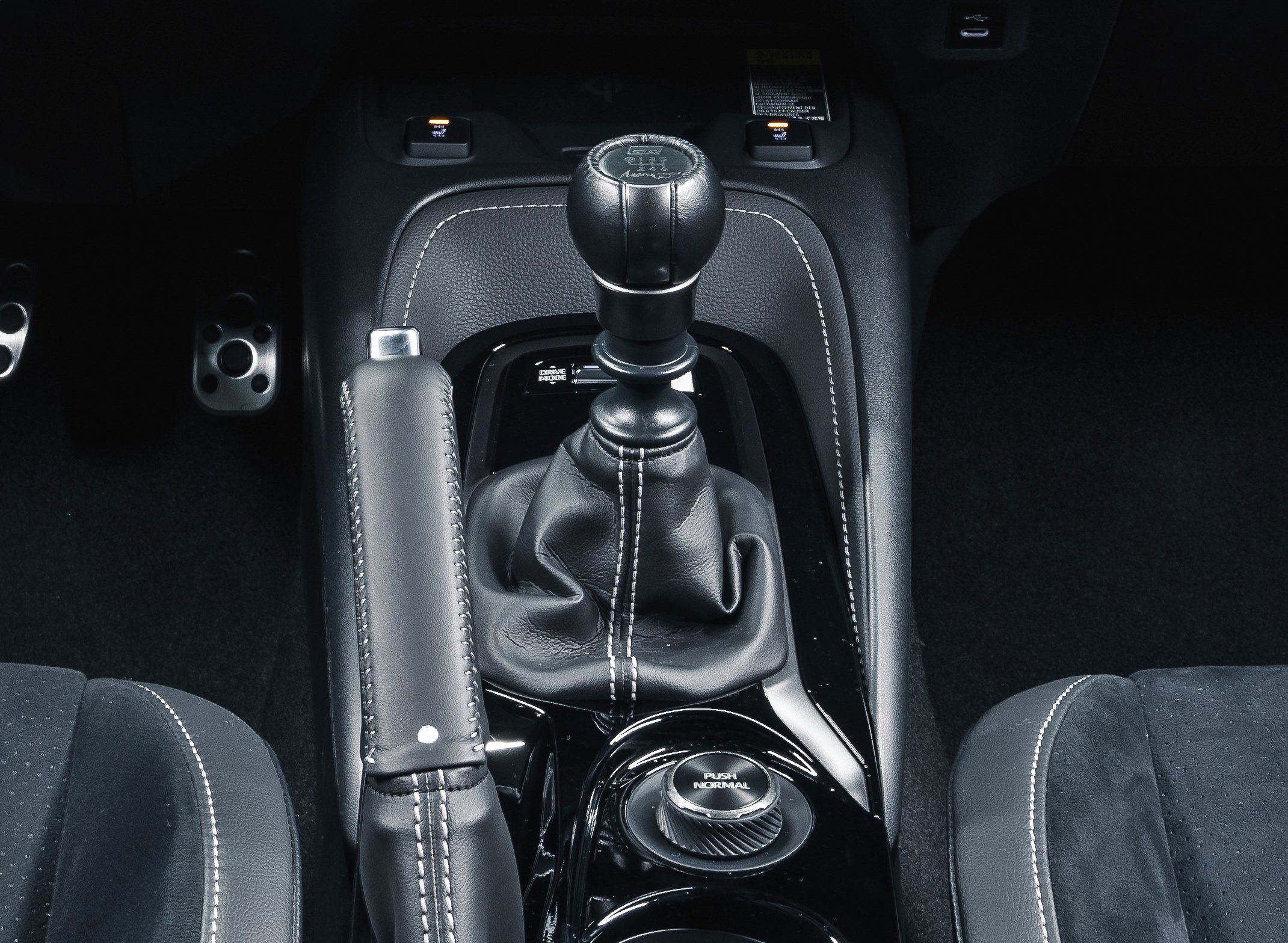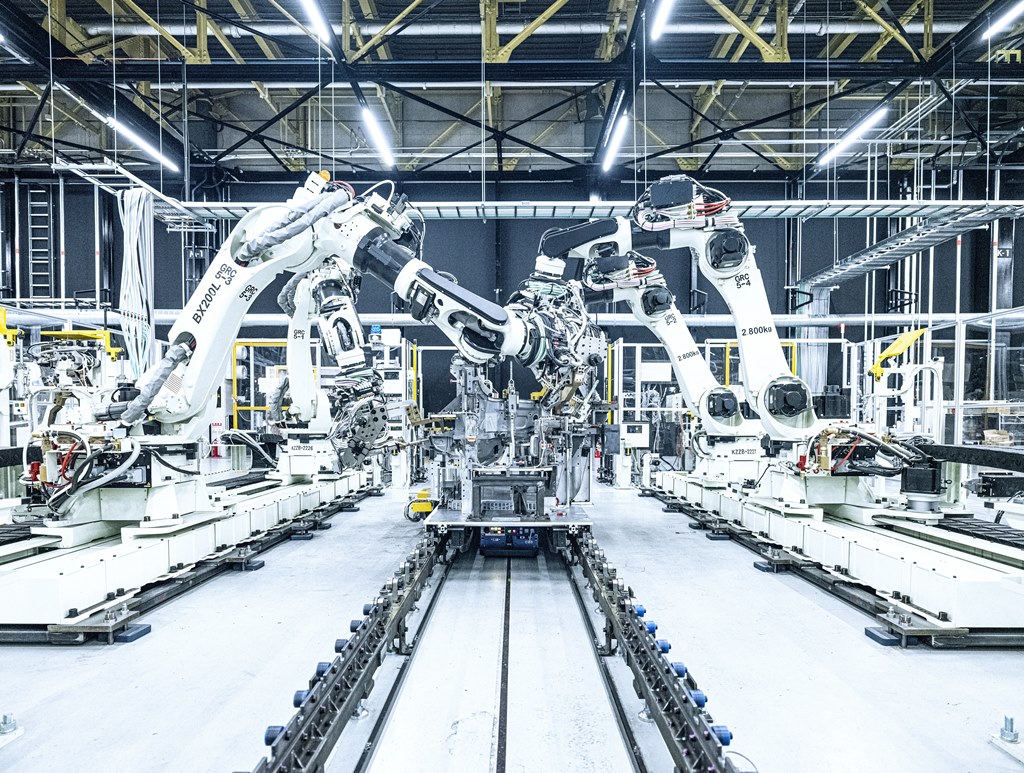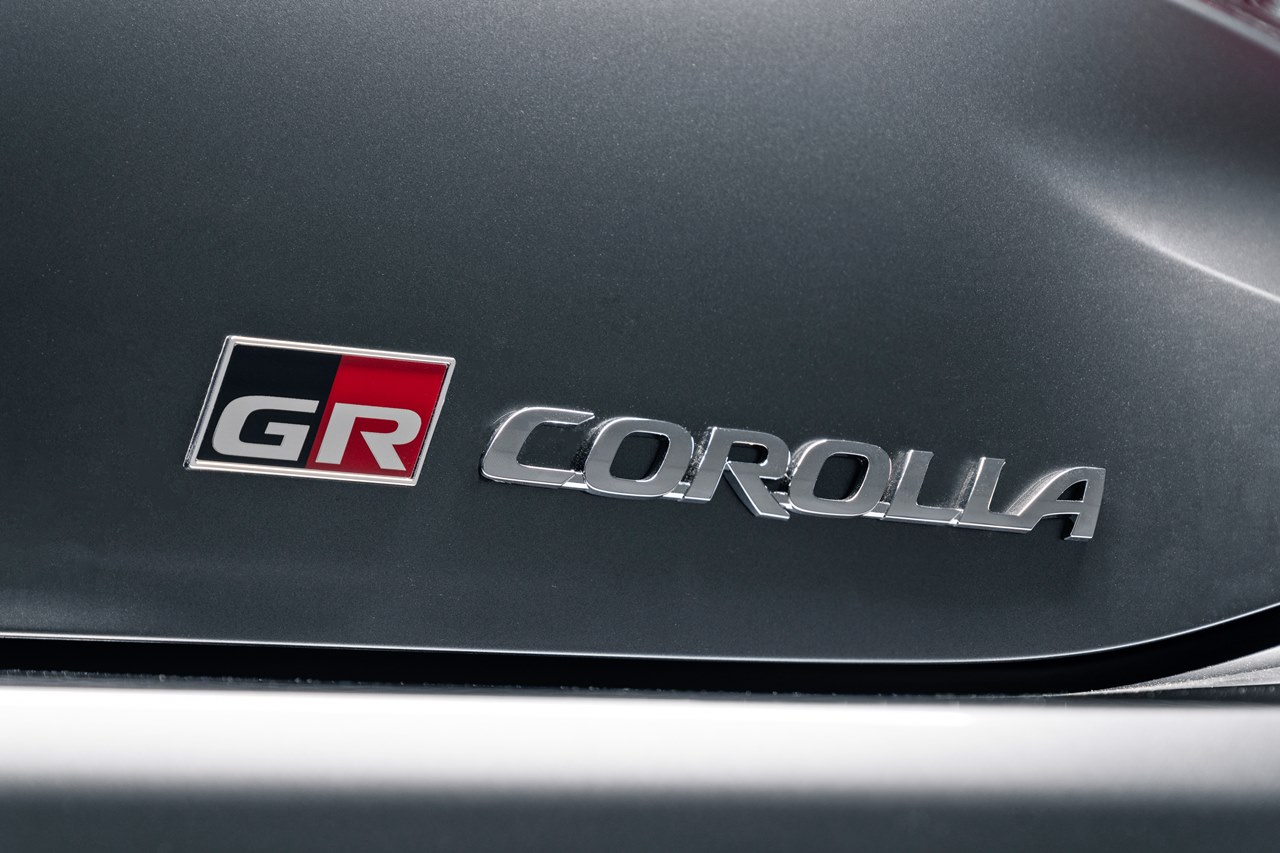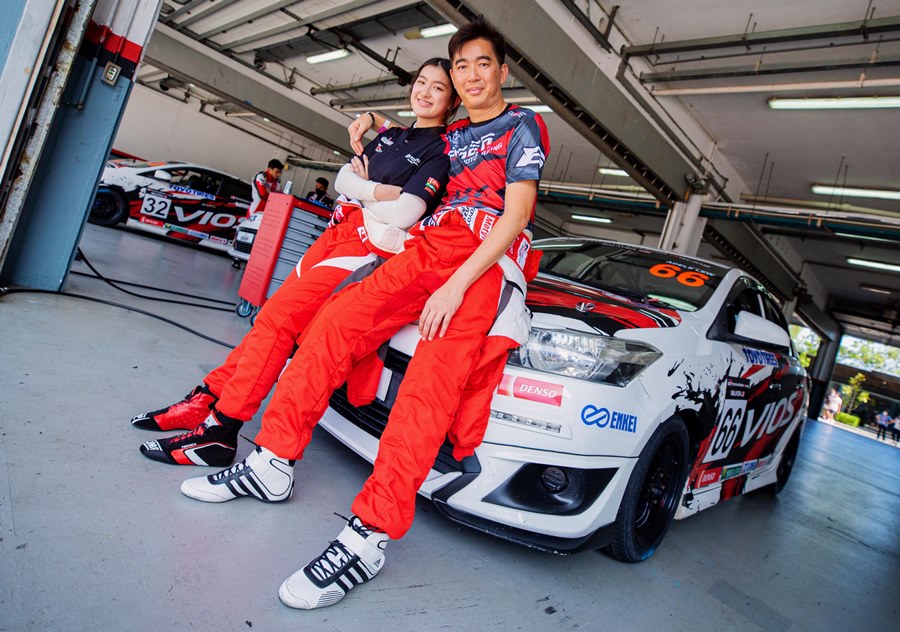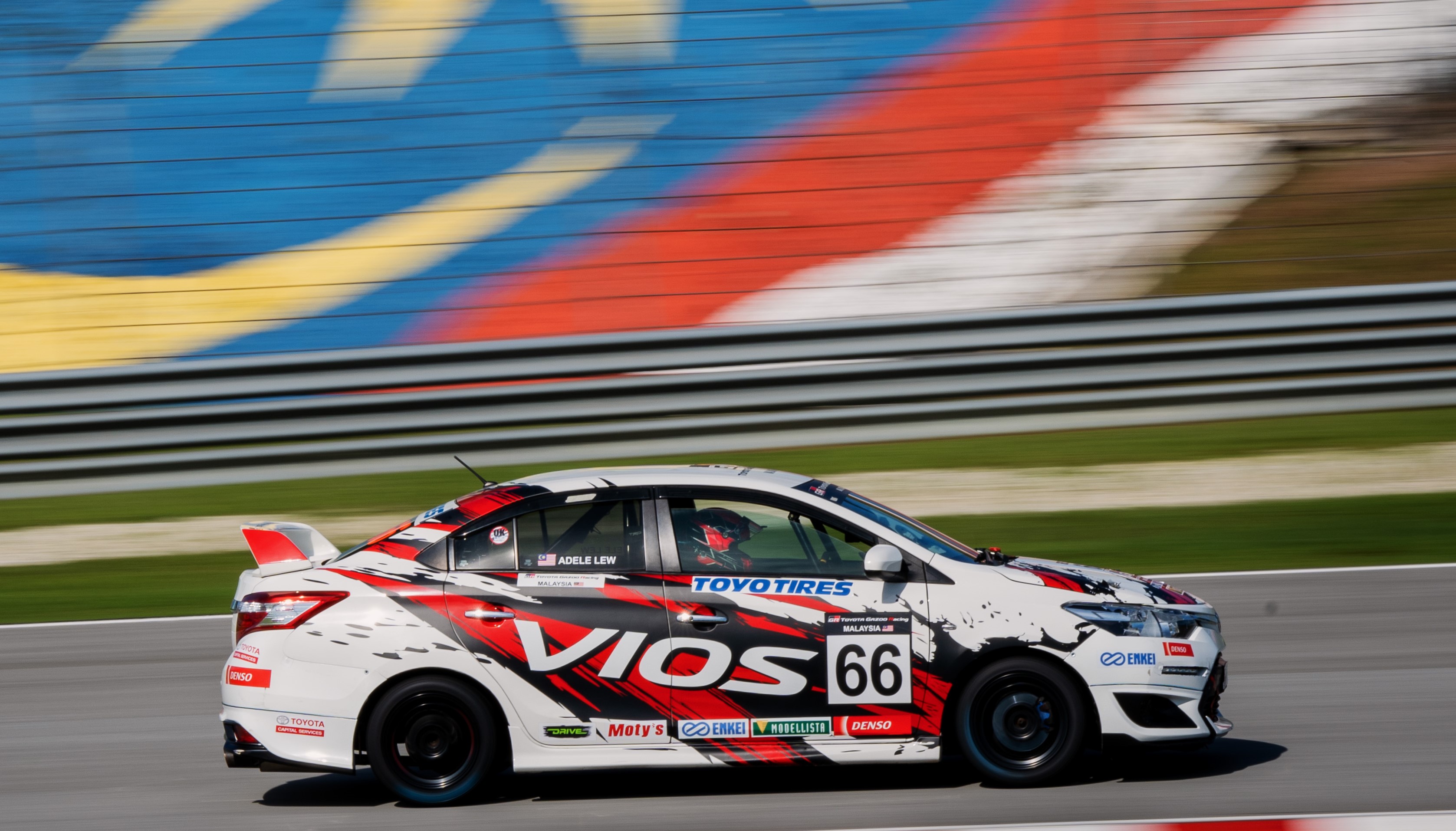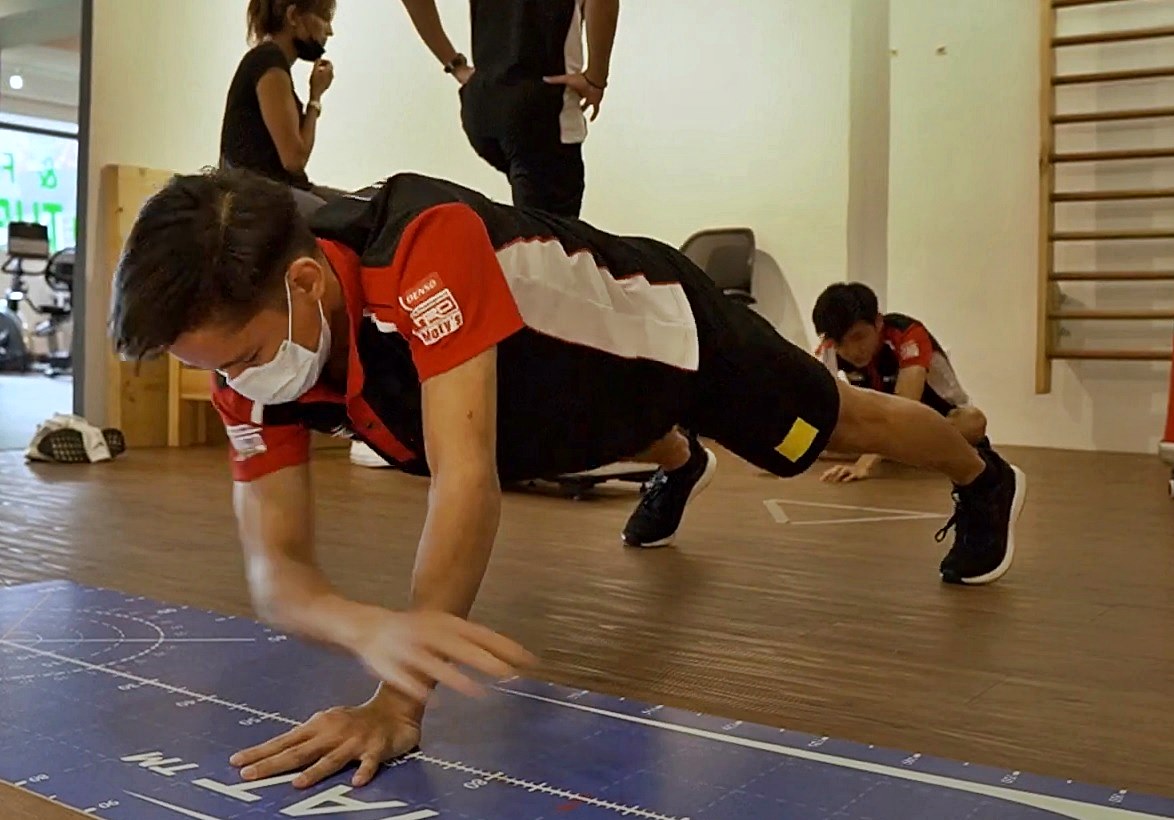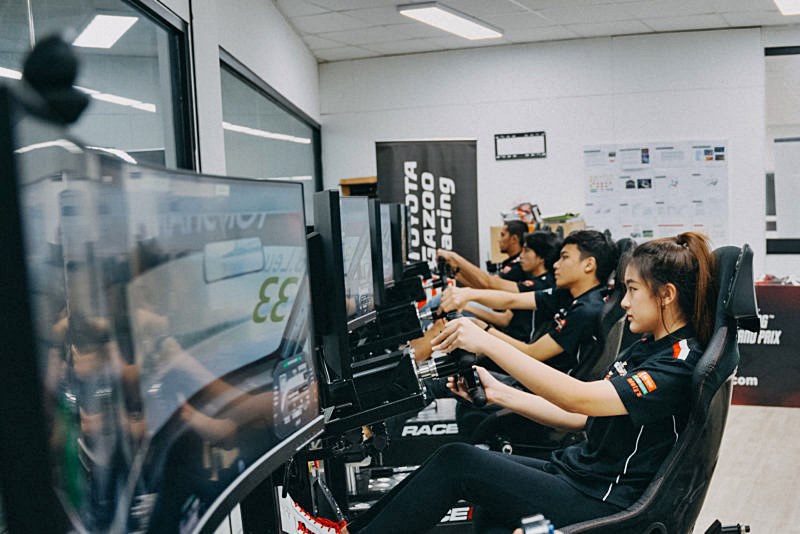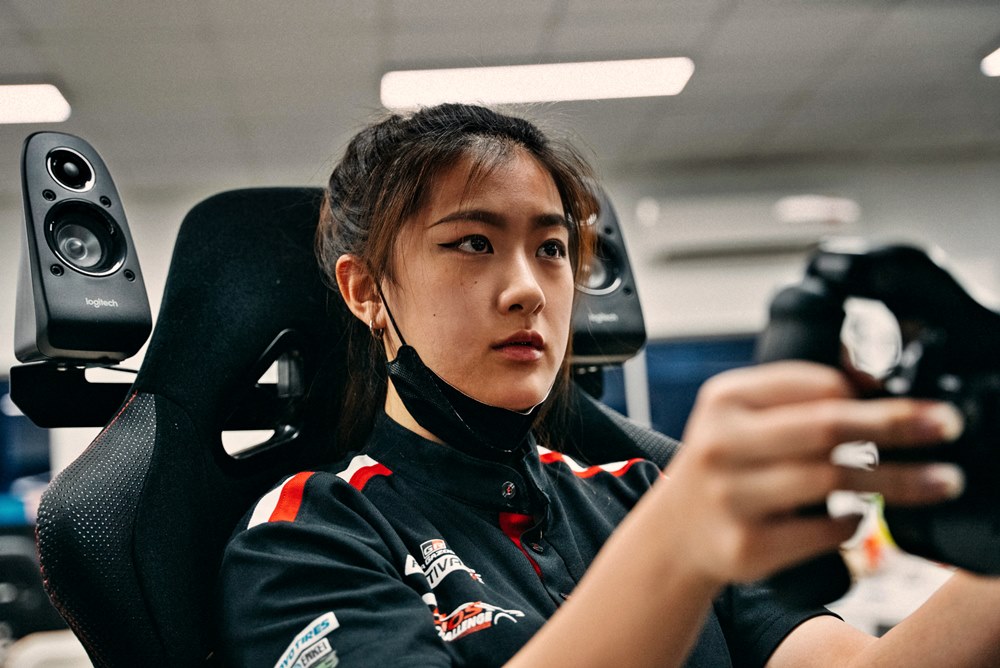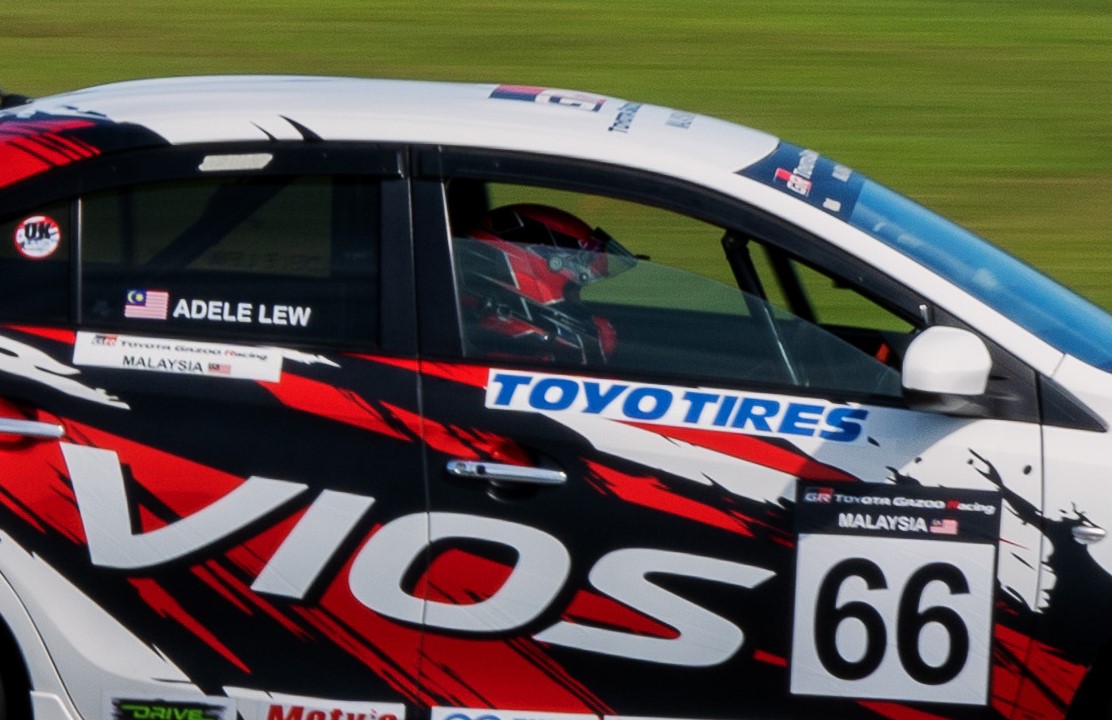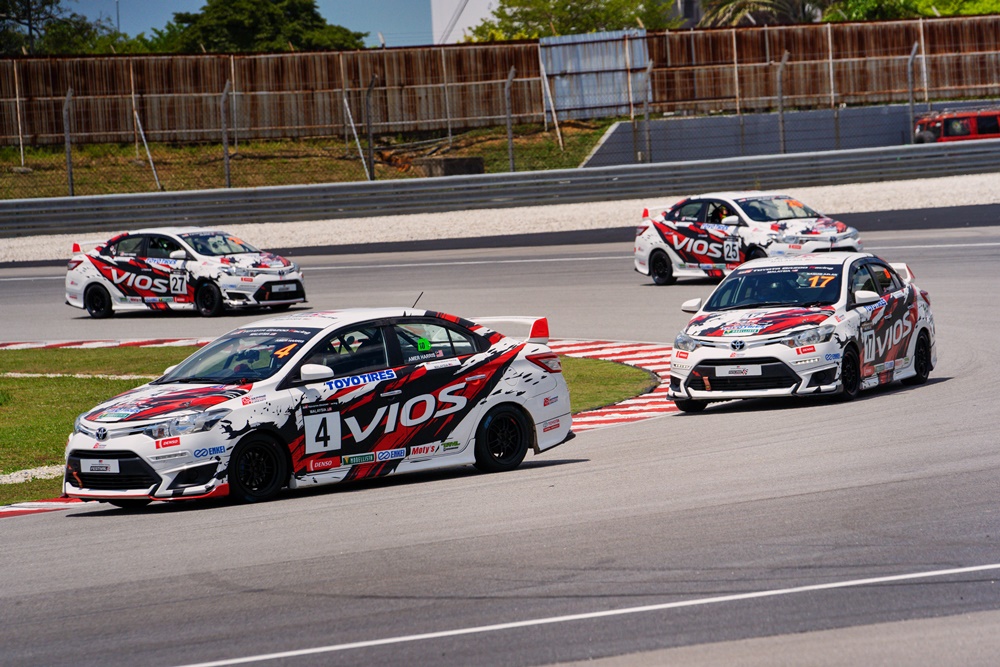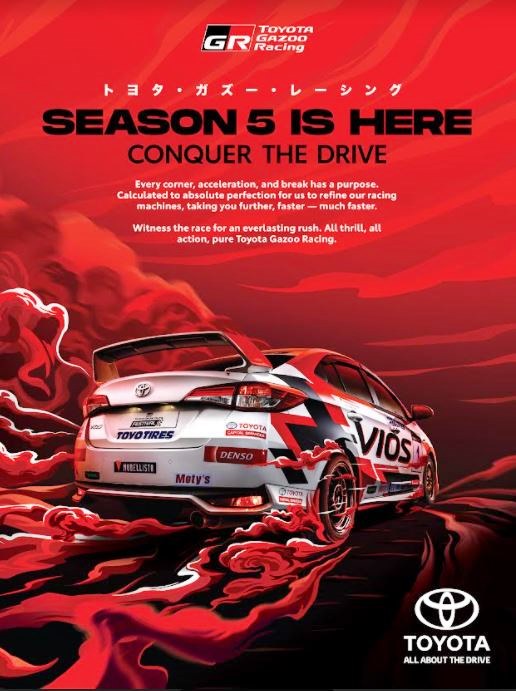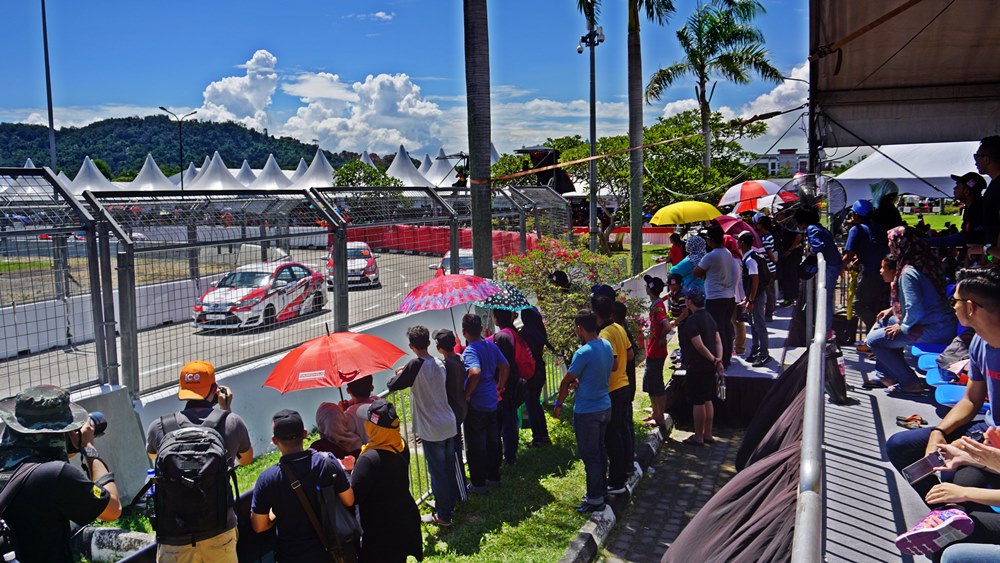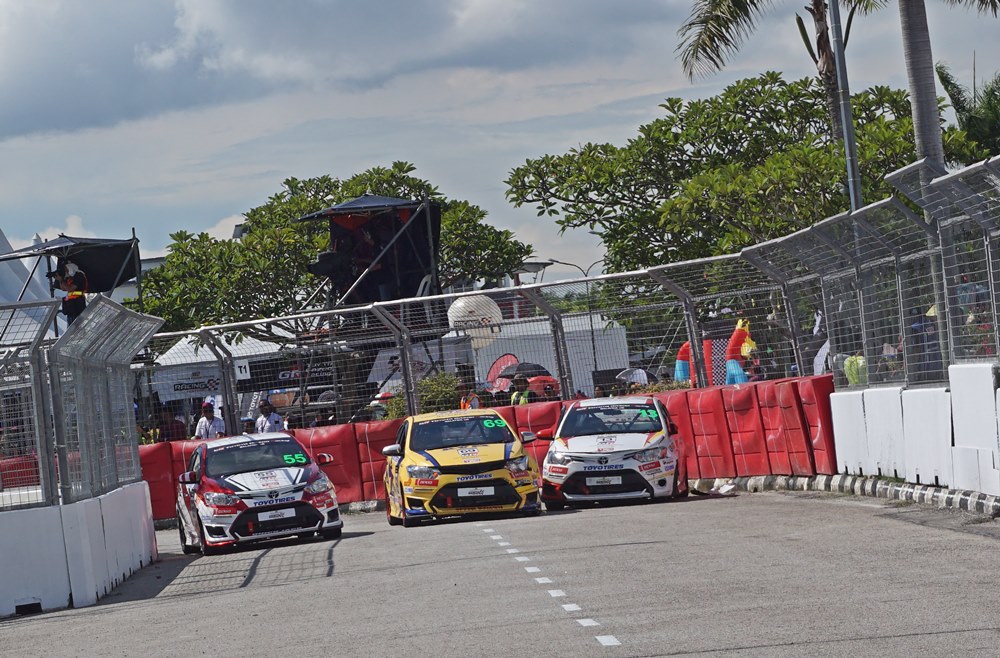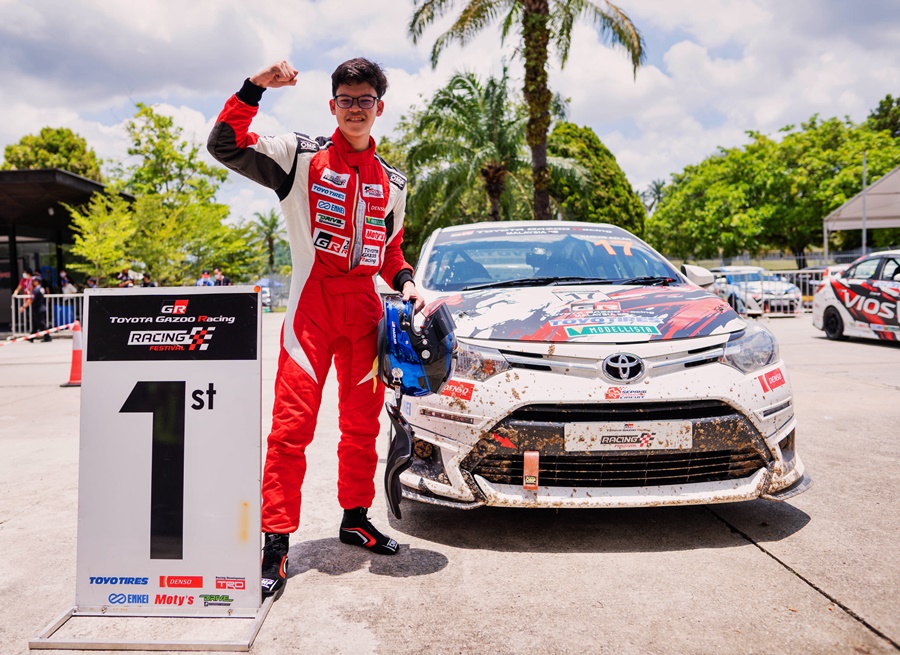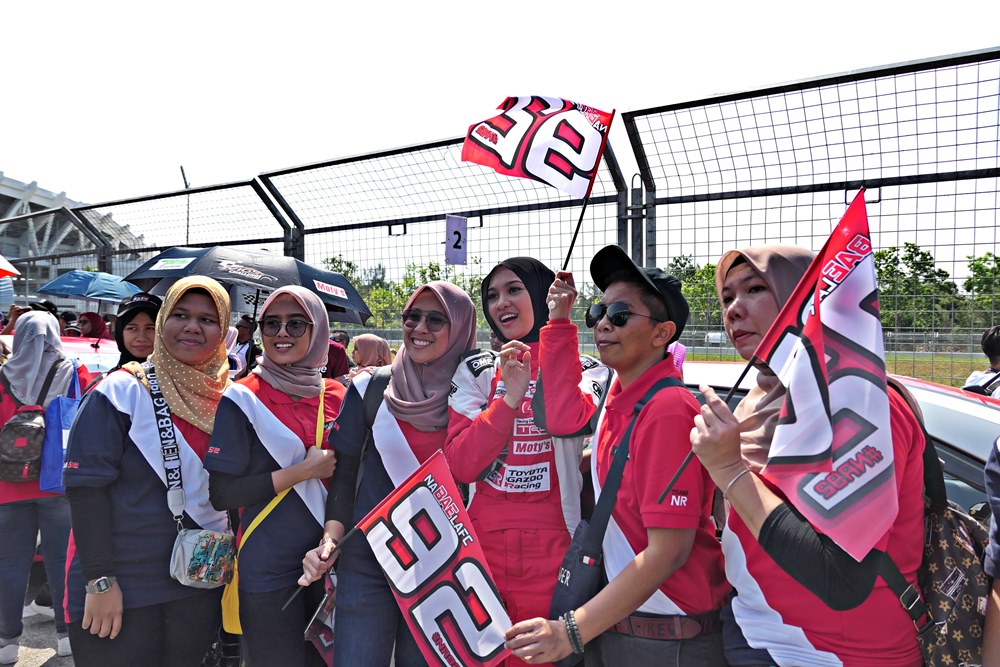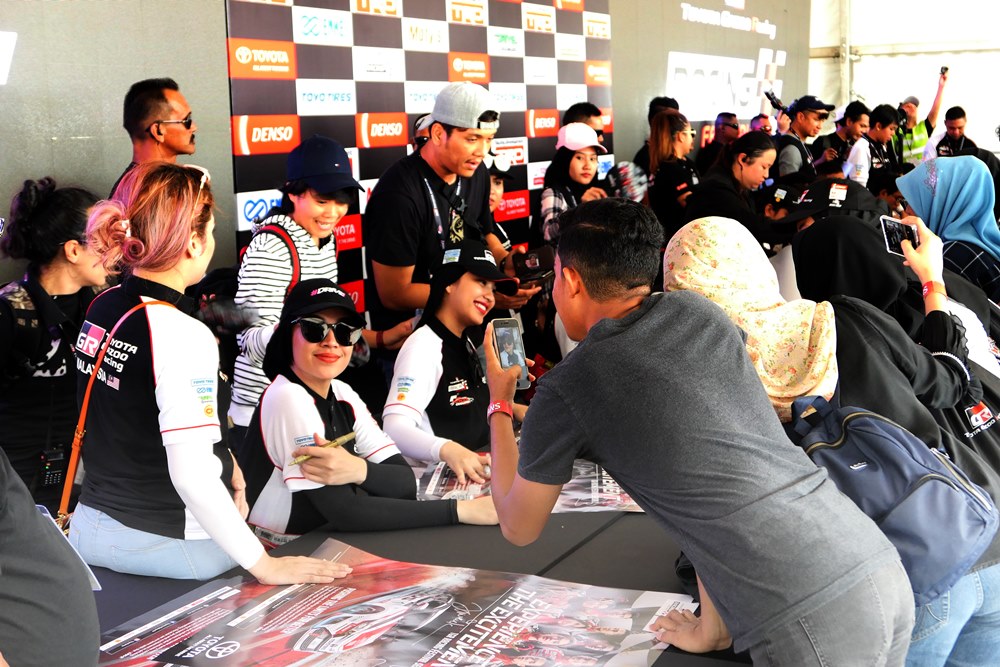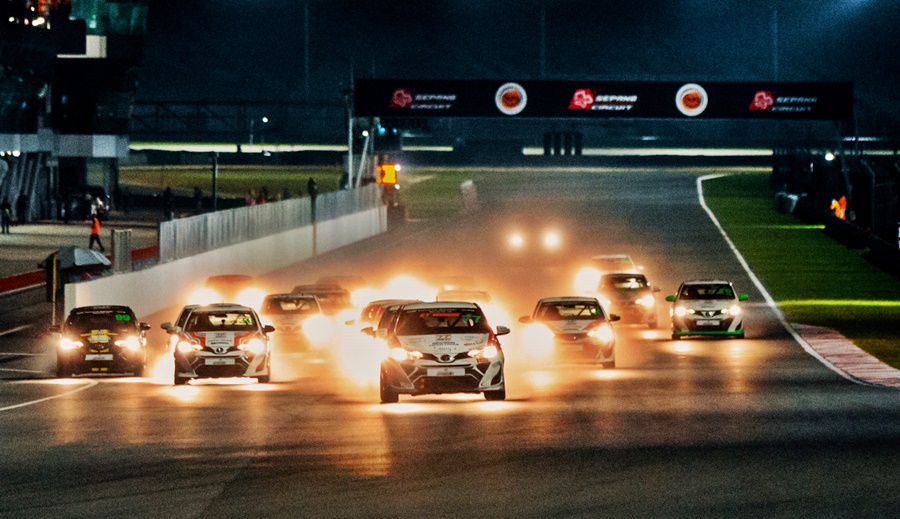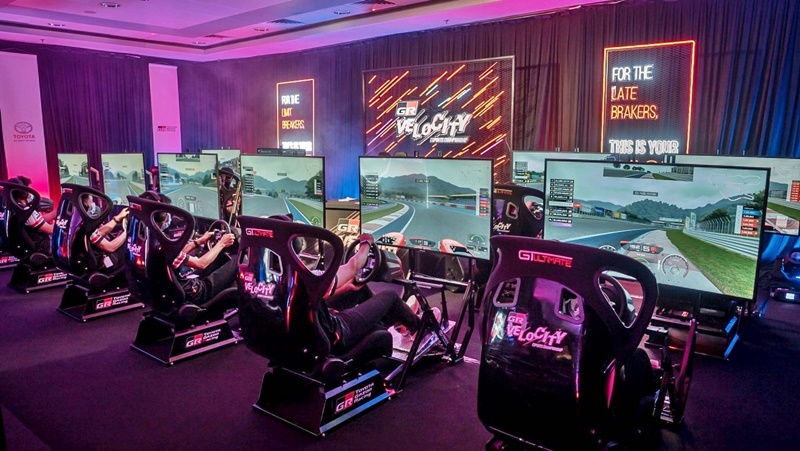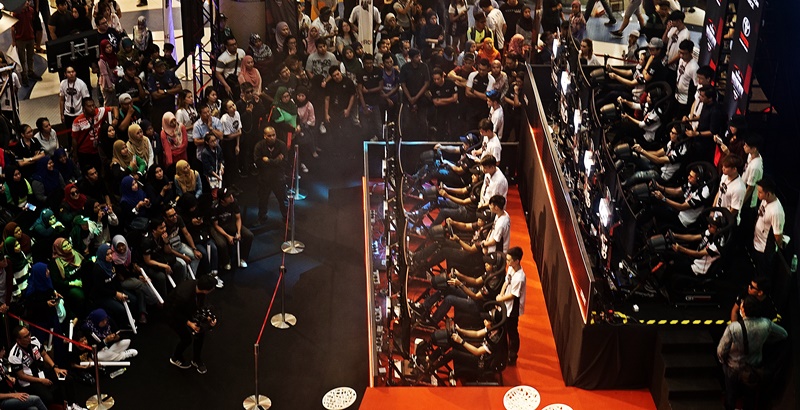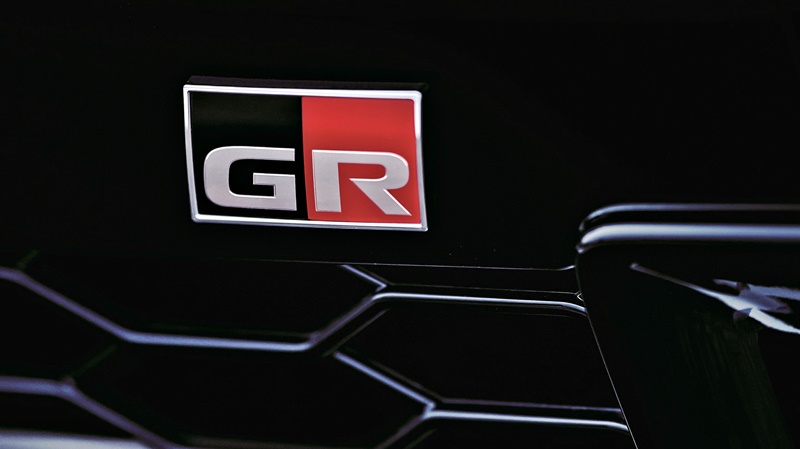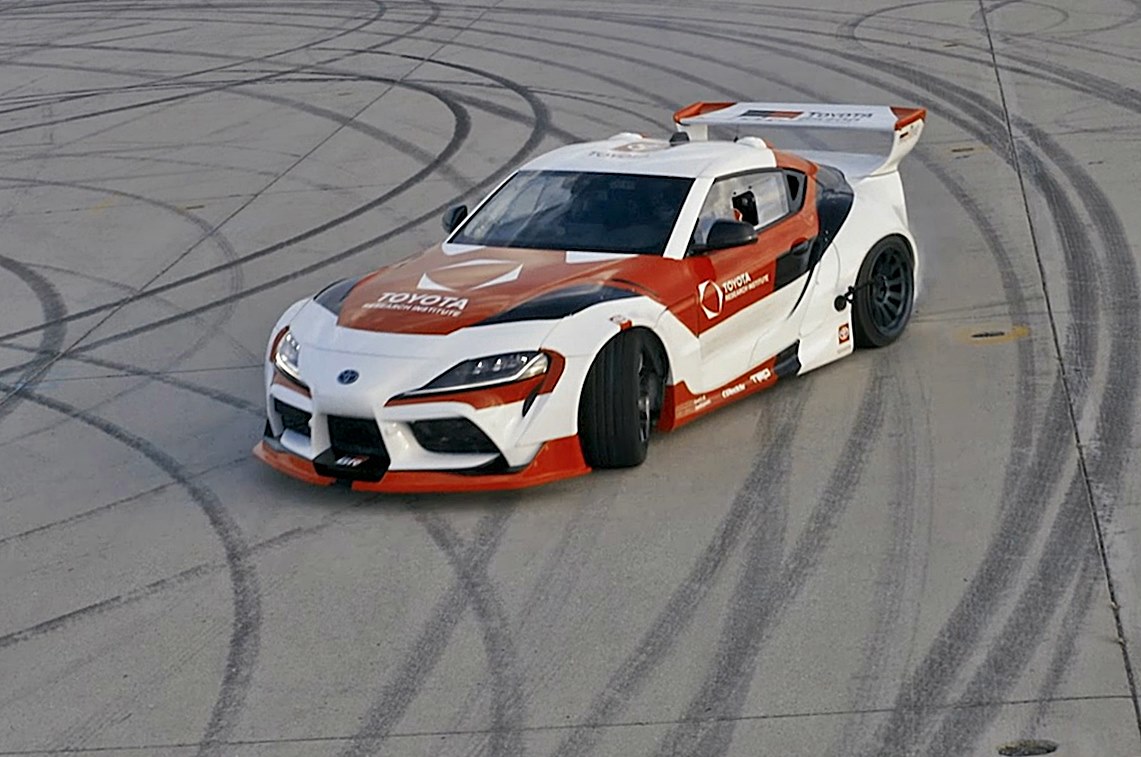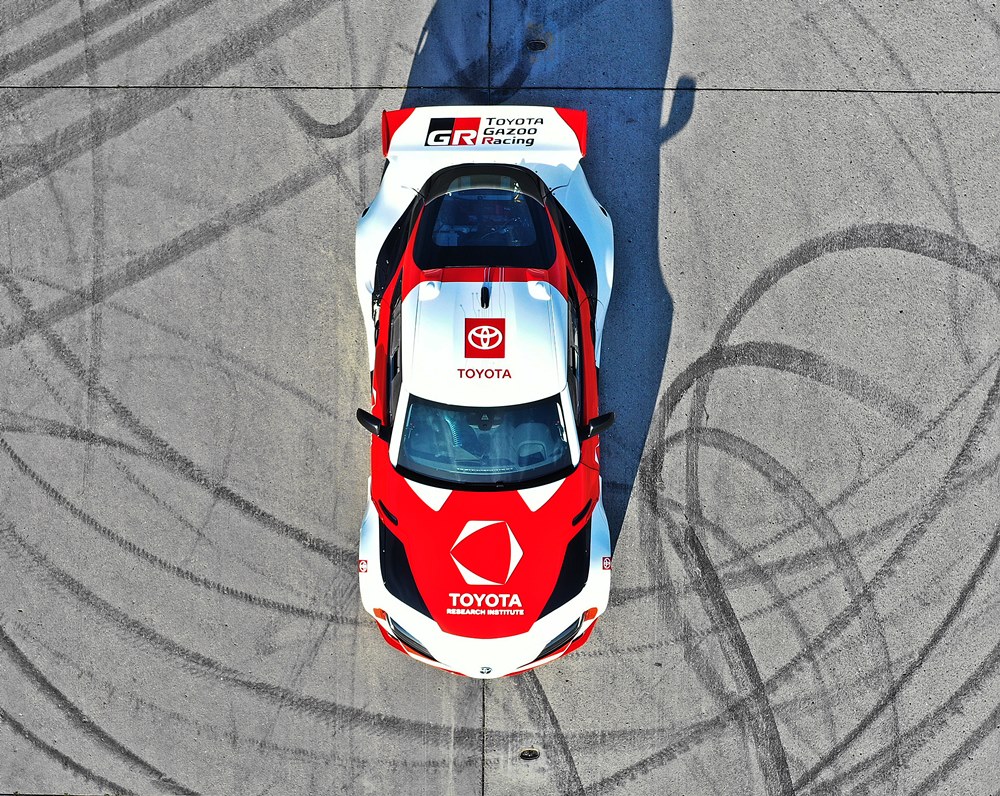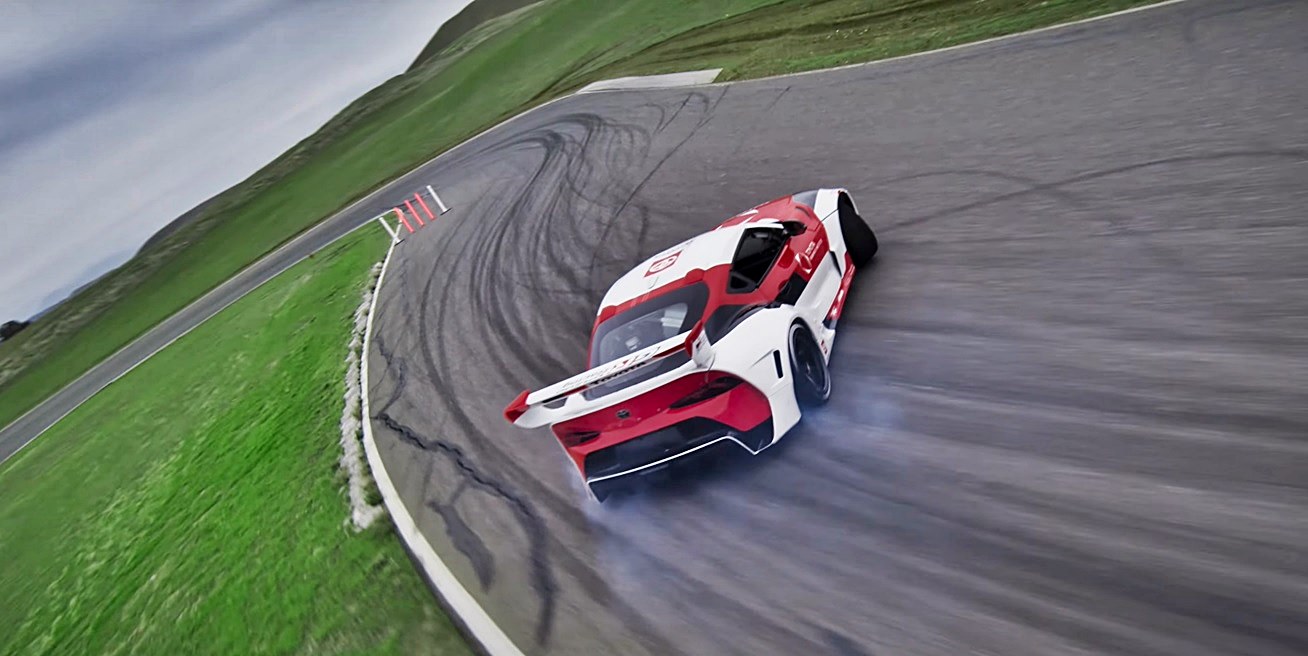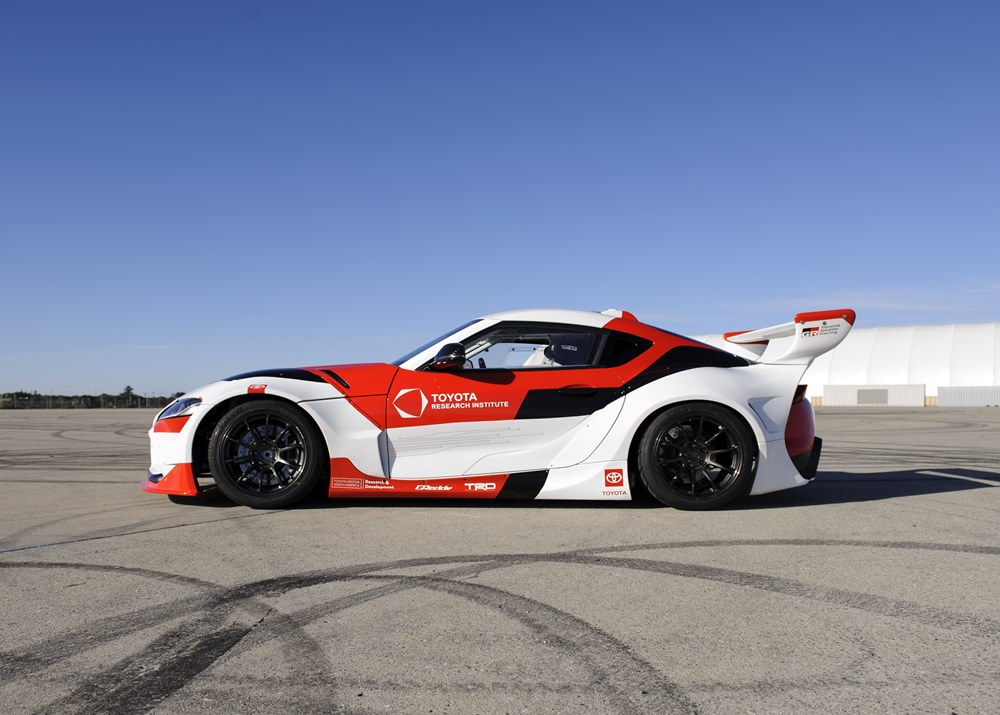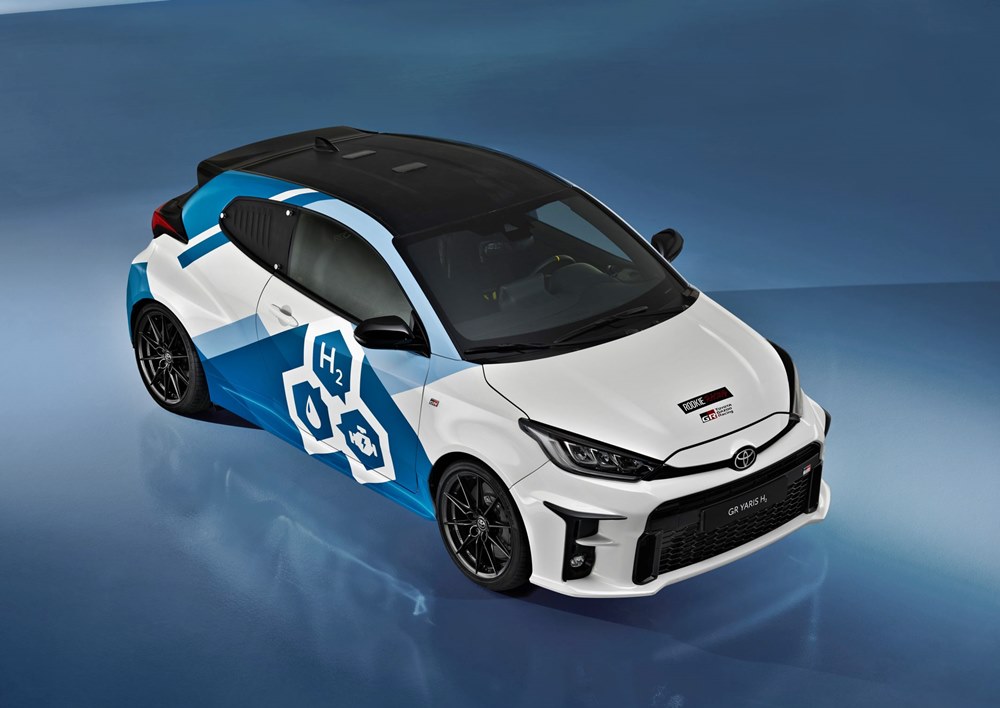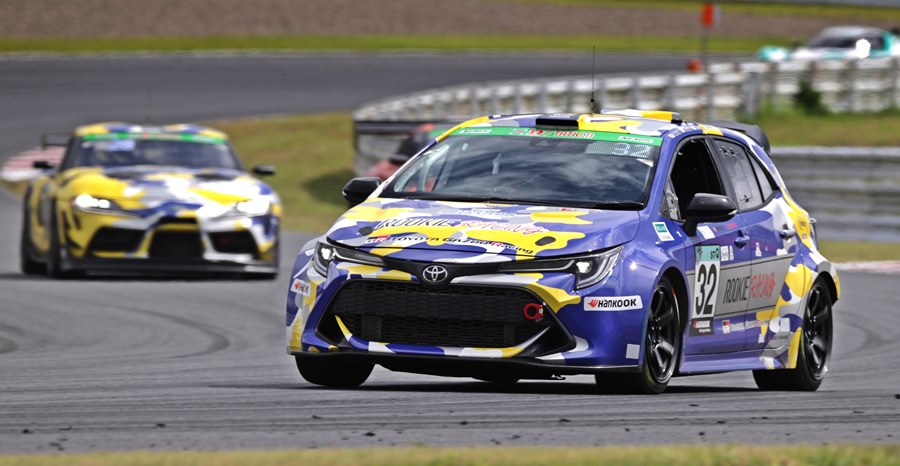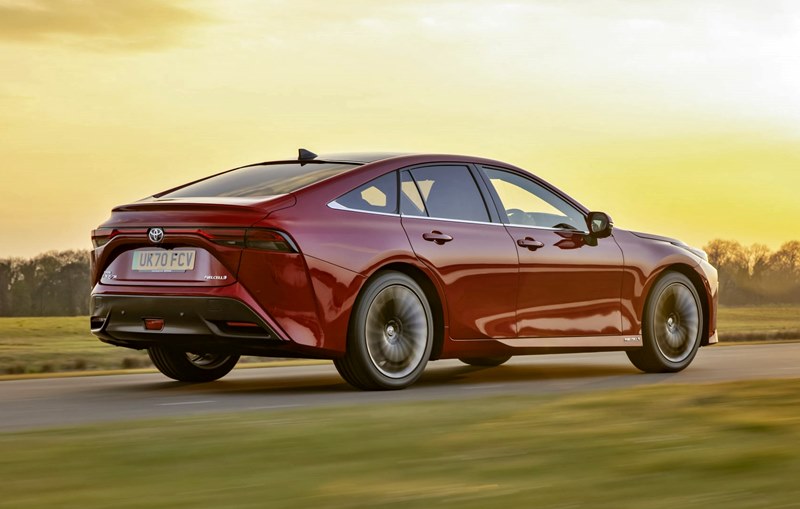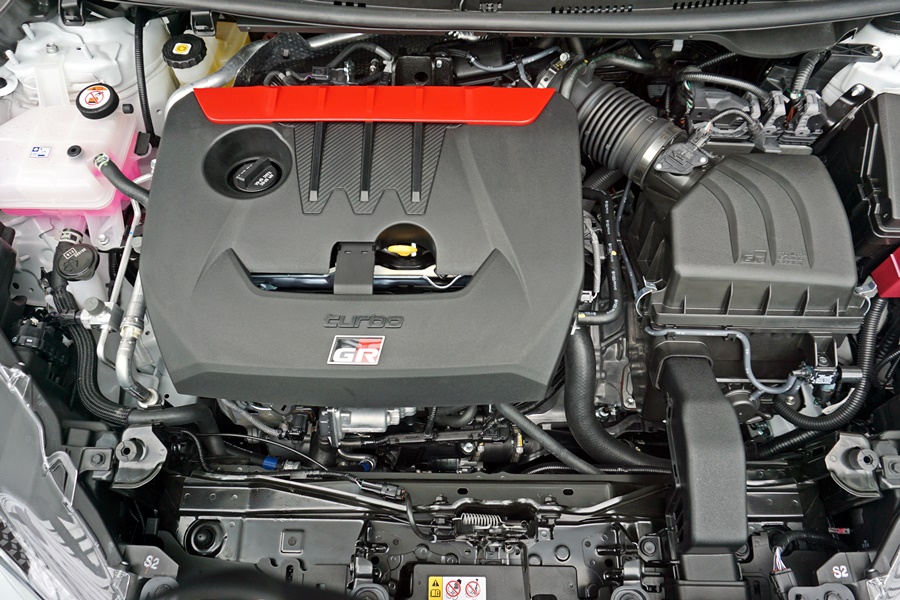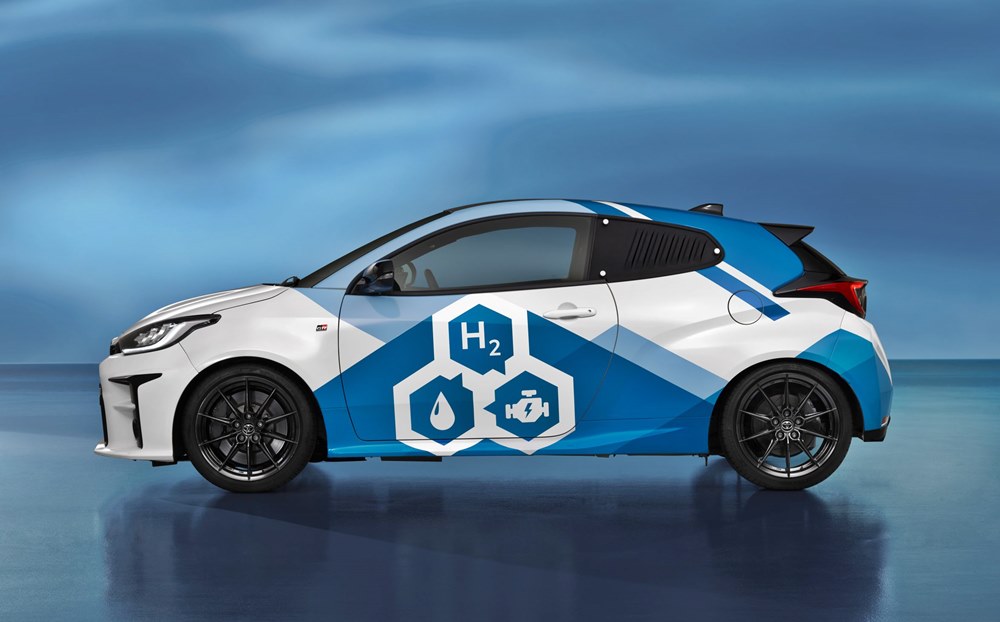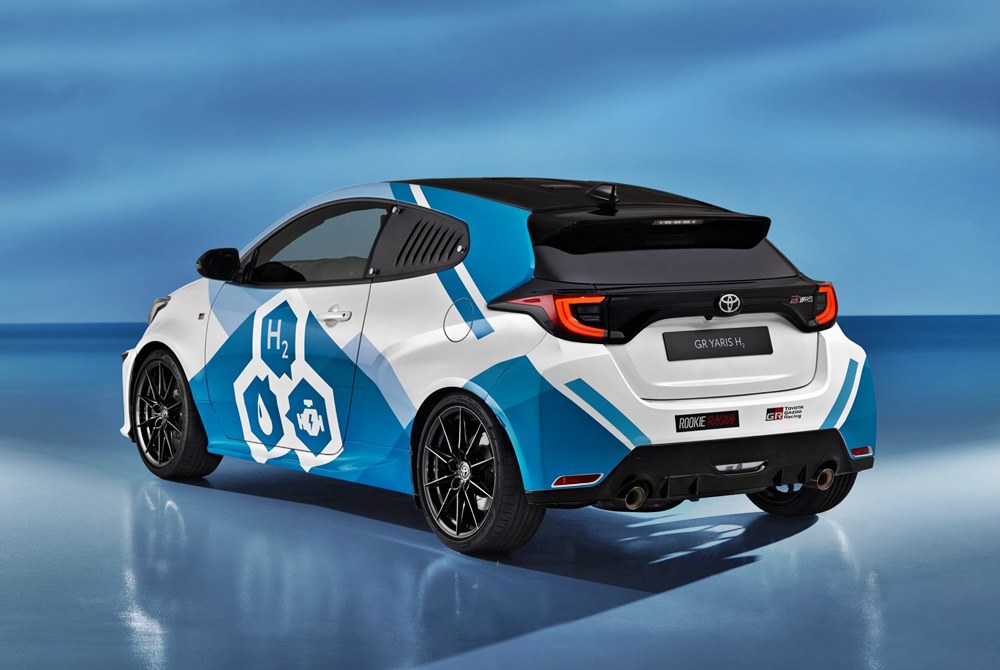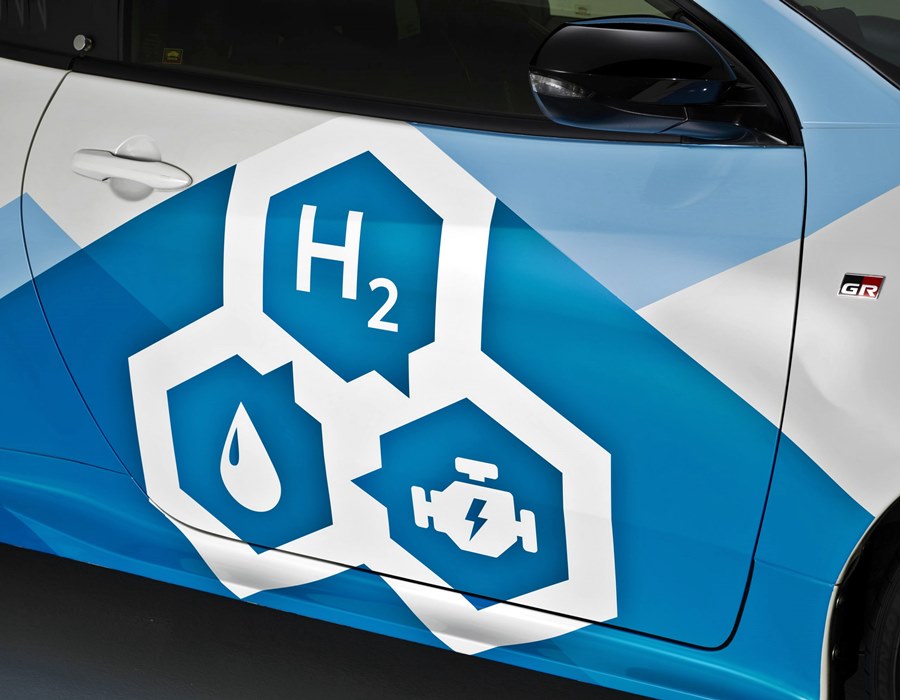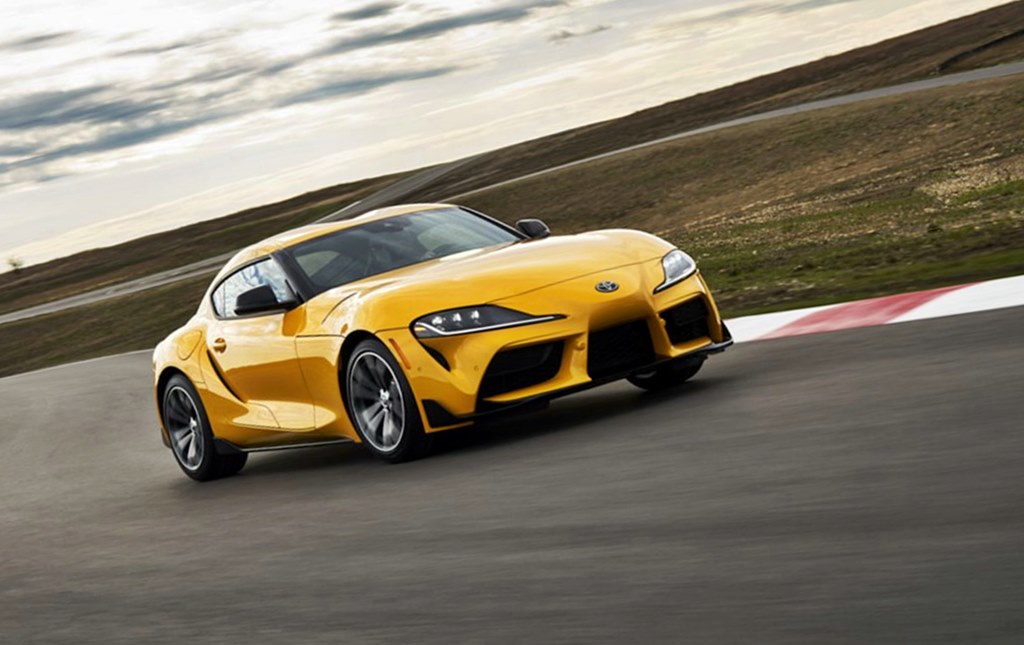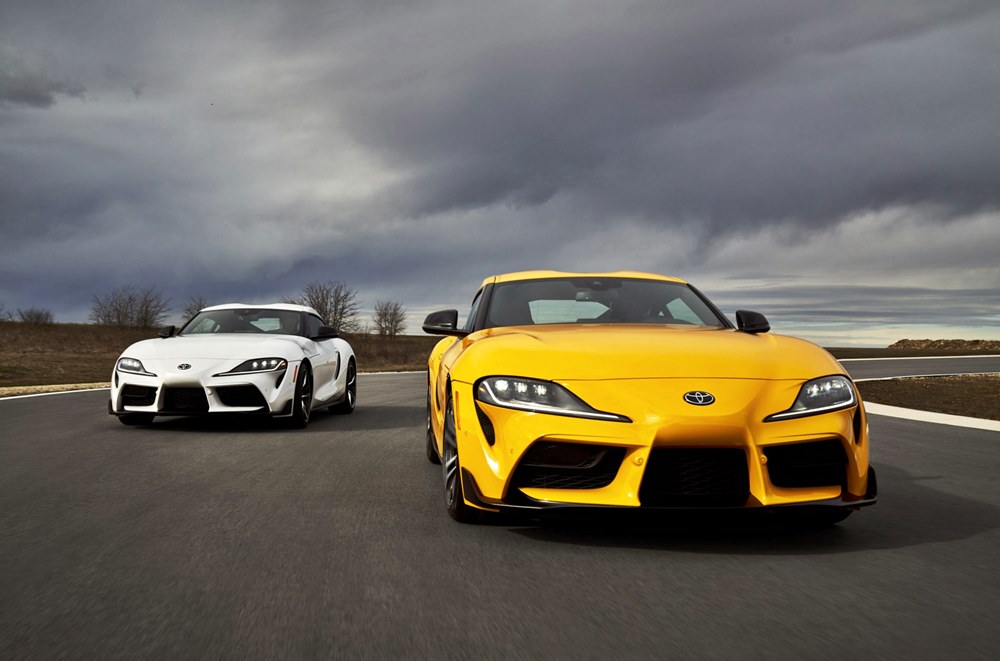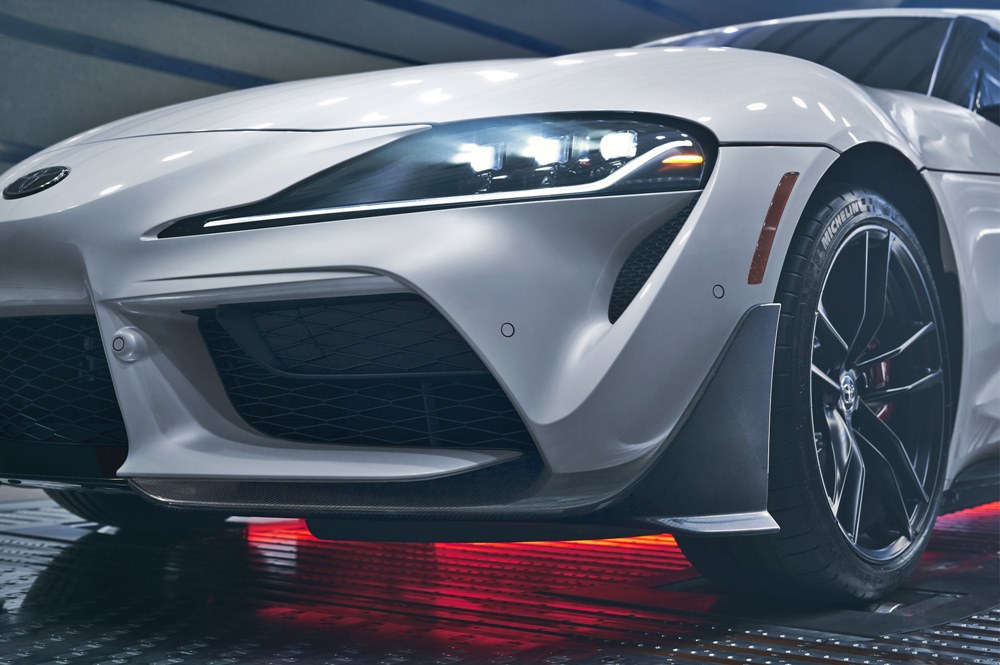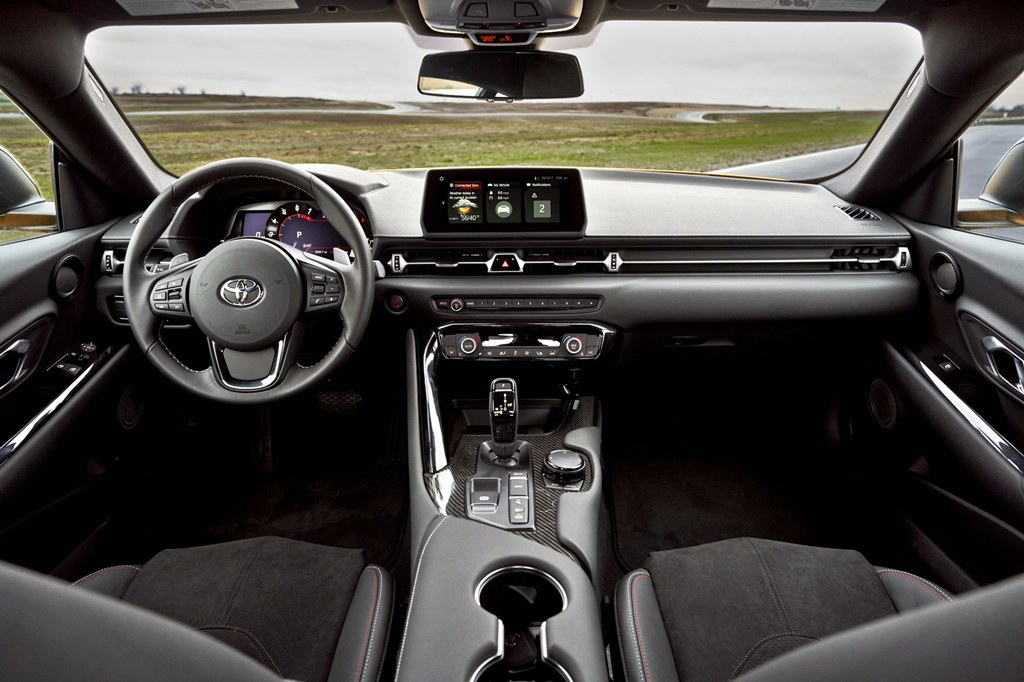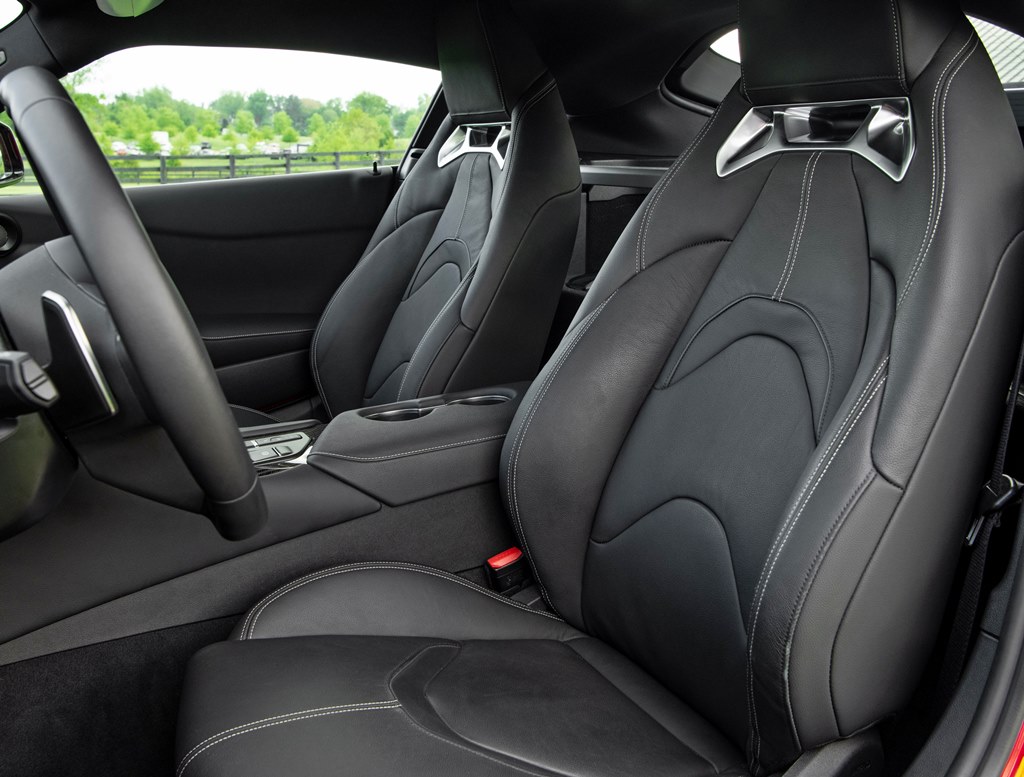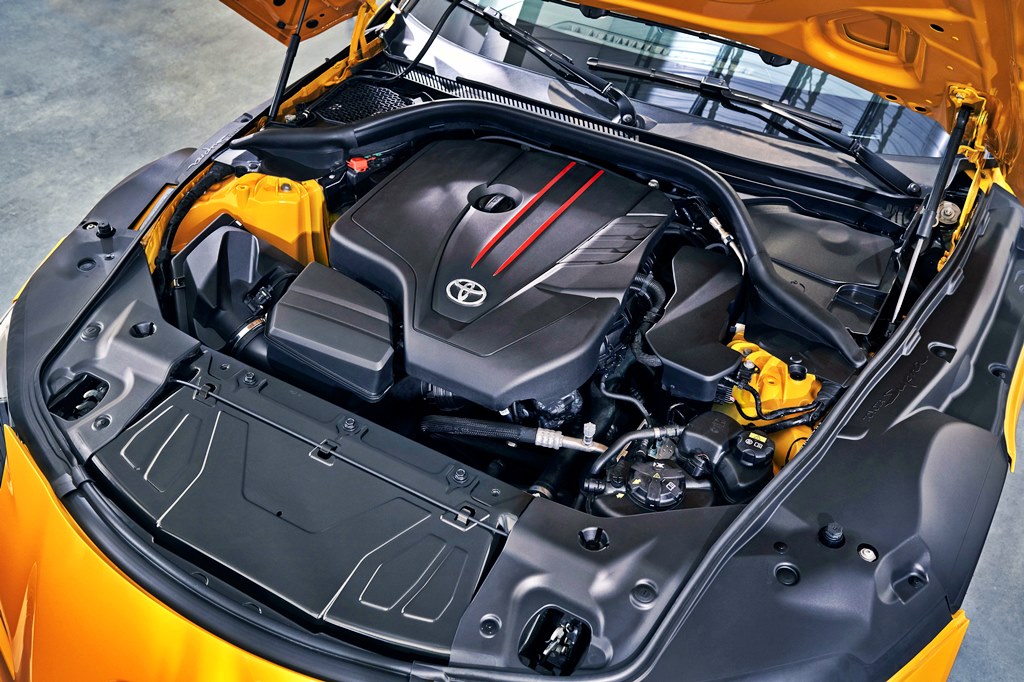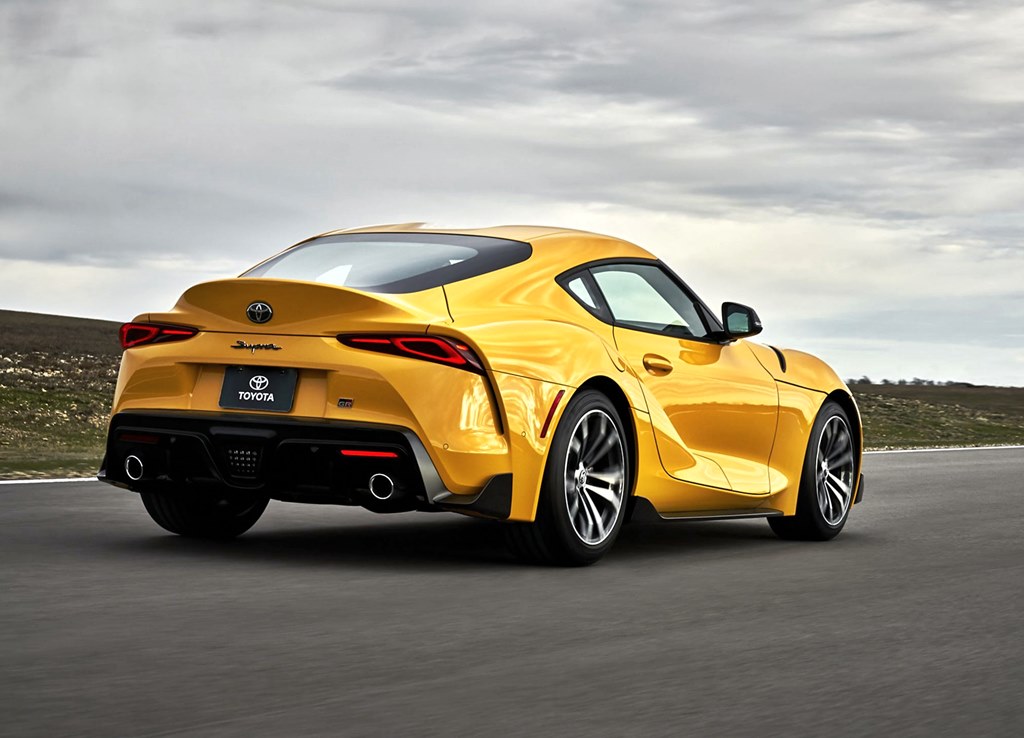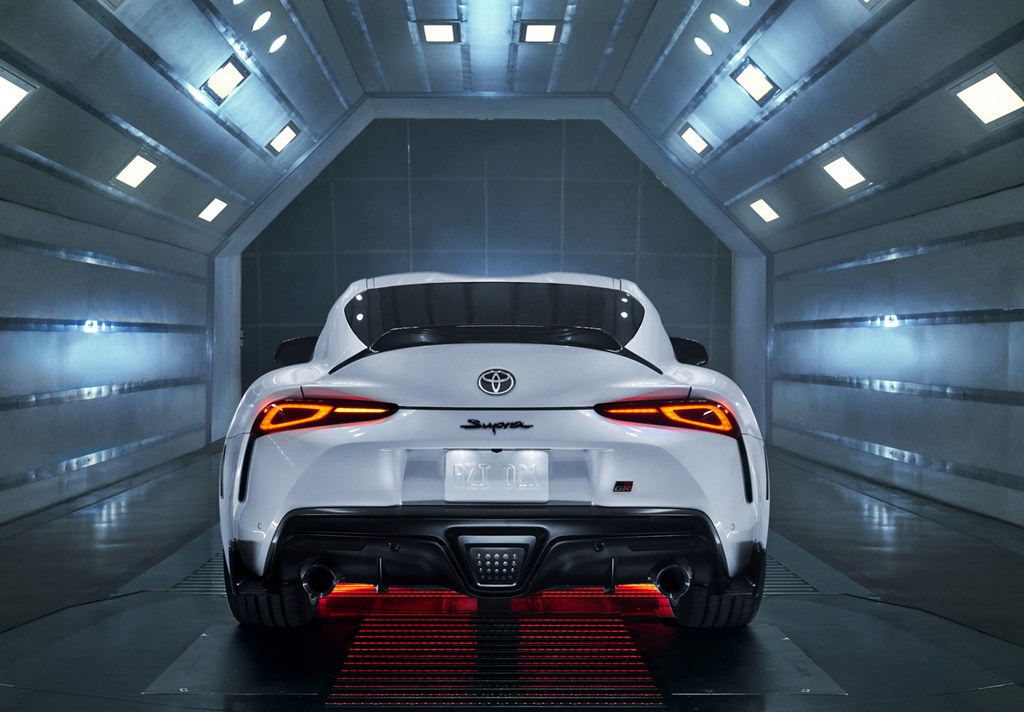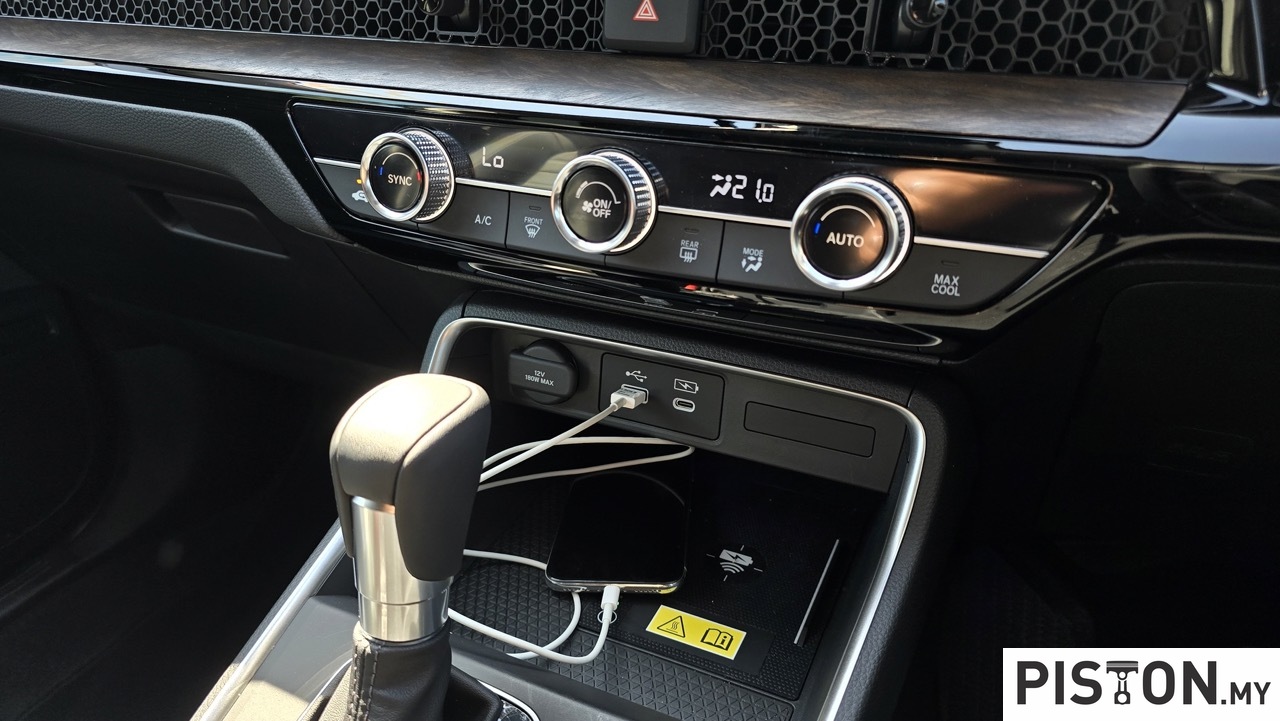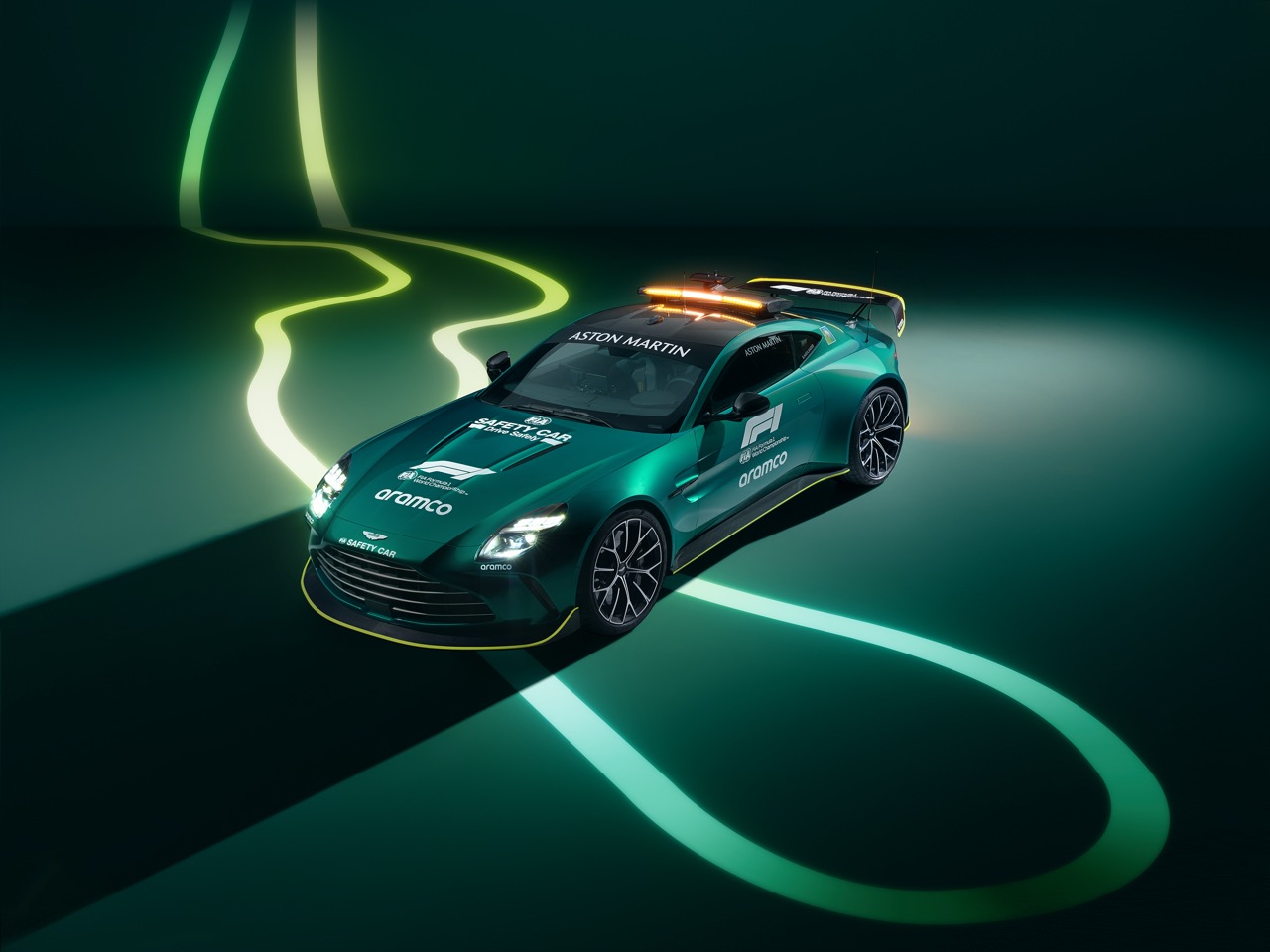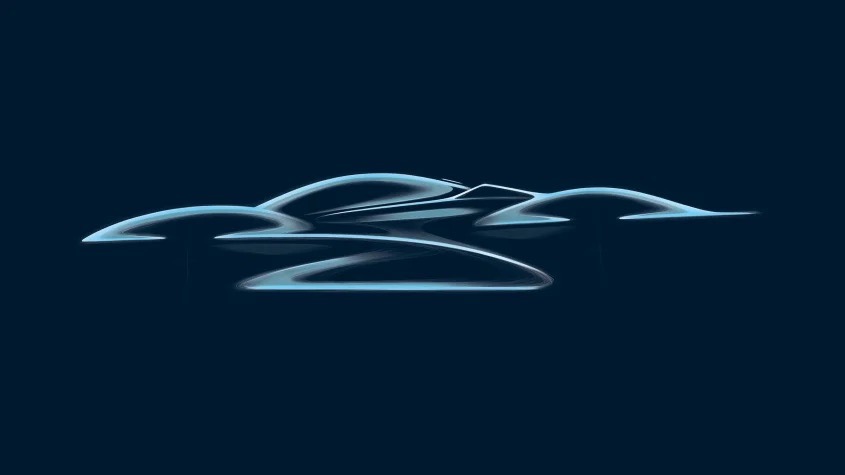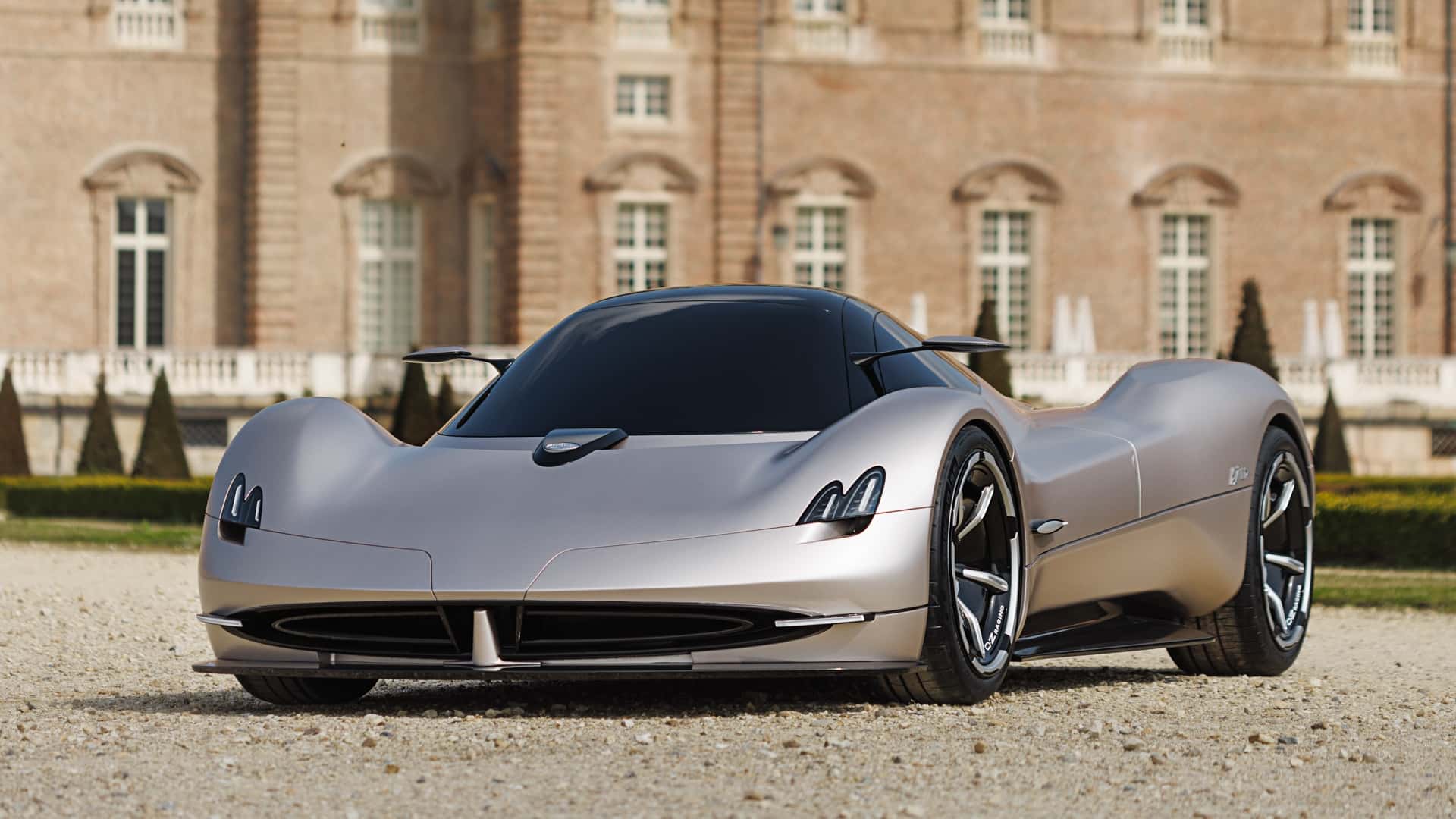Now a firmly established event on the country’s motorsports calendar, the Vios Challenge, which originated as part of the TOYOTA GAZOO Racing Festival (TGR Festival), is the most lucrative motorsports event in the country. In total, more than a half a million ringgit in prize money is offered by organisers UMW Toyota Motor and GAZOO Racing Malaysia.
After 5 seasons of the one-make series, there now exists a large base of Toyota Vios cars in Malaysia which have been specially prepared to meet the regulations of the series. These regulations strictly require all the cars to be identical in specifications with stock standard drivetrains as well as suspension and tyres. The aim is to equalise the performance aspect of the machine and make the races about driving skills and experience.
The large base of race-ready cars had encouraged UMW Toyota Motor and GAZOO racing Malaysia to broaden the activities so that the owners have more races to participate in. One of the additional races on this year’s calendar is the GAZOO Racing Vios Sprint Cup in the Malaysia Championship Series (MCS) this weekend (May 21/22) at the Sepang International Circuit.
A total of 38 drivers will start the first ever running of the GR Vios Sprint Cup, which will have two 1-hour races on Saturday and Sunday, with two-driver teams competing in 3 generations of Vios vying for total prize monies amounting to RM60,000.
The GR Vios Sprint Cup is run independently of the Vios Challenge, and there will be 2 rounds within the MCS, with each round offering two races. However, the regulations for the GR Vios Sprint Cup are similar to those of the Vios Challenge with regard to all the cars being identical in specification and preparation, with the only differences being the driver behind the wheel and the paint scheme on the bodywork.
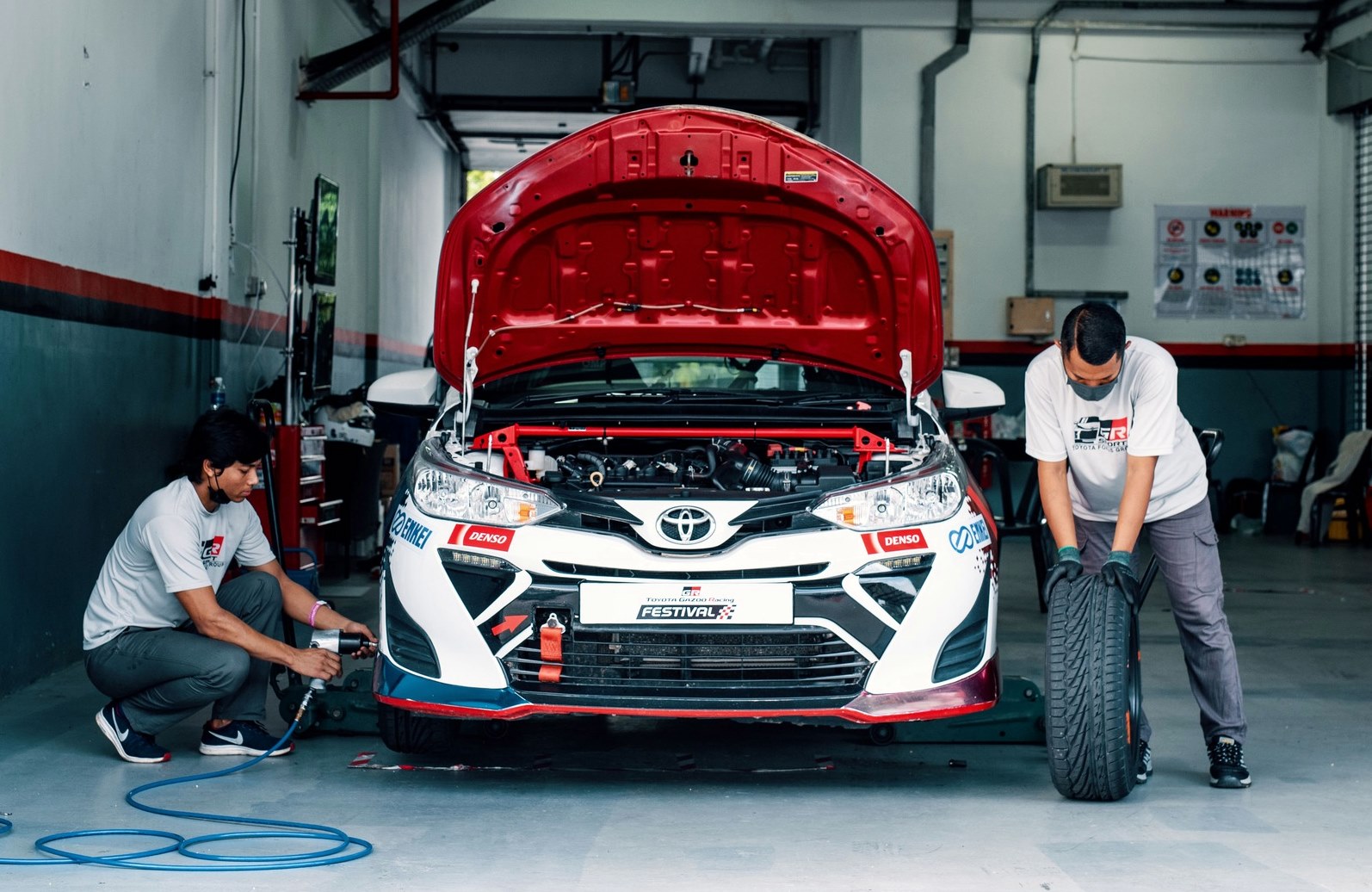
Not surprisingly, the event has attracted many top local racers with varying levels of experience, virtually all of whom have taken part in the Vios Challenge. These include experienced contenders like Tengku Djan Ley, Mark Darwin, Mohd Fariqe Hairuman, Eddie Lew, Boy Wong and William Ho, as well as what can be regarded as the next generation of racers. These are drivers like Naquib Azlan, Hayden Haikal, Mika Hakimi, Nabil Azlan, Bradley Benedict Anthony, Timothy Yeo and Alister Yoong.
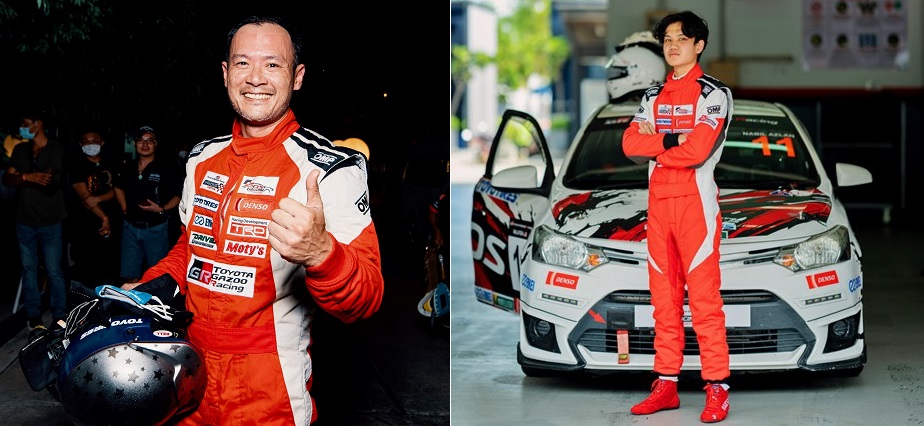
To level the playing field further, the race prohibits 2 experienced drivers from racing together in the same car. Driving for Prima Pearl TD Racing, Tengku Djan will thus partner teenager Mika Hakimi this weekend, while Mark Darwin, another strong contender, will team up with another teenager, Bradley Benedict Anthony for Laser Motor Racing.
Axle Motorsports meanwhile, will field 2 all-teenage teams with the first pair of drivers consisting of Hayden Haikal and Naquib Azlan, and the second car driven by Alister Yoong and Muizz Musyaffa.
Race 1 of the GR Vios Sprint Cup on Saturday will see both drivers driving in two separate qualifying sessions, with the faster driver required to start the 1-hour race before making a mandatory pit-stop for a driver change. In Race 2 on Sunday, which will start as a reverse grid order based on the results of Race 1, the slower driver of the pair will start the 1-hour race and again required to make a mandatory pit stop. Both races will be a rolling-start format.
“Unlike the Vios Challenge which is usually confined to approximately 30 minutes of racing, the GR Vios Sprint Cup is designed to up the ante and to double the excitement on the track. In a full-blown endurance race, racers will pace themselves, but this is a 1-hour sprint to the finish which means the drivers will be going all out for 60 minutes from the very first corner in order to maintain an edge,” said UMW Toyota Motor’s President, Ravindran K.
“Since UMW Toyota Motor began committing itself to motor racing in 2017, the objective has always been to see how we can contribute to not only the growth but to make Malaysian motorsports even more vibrant. The format of a one-make race has proven to be an incredibly successful formula, attracting not only professionals and experienced racers, but also newcomers and young talent. The GR Vios Sprint Cup continues this tradition but by changing the dynamics of the race, continues to generate enormous interest and participation which we hope will help to create more excitement in Malaysian motorsports,” he said, adding that there will also be the GR Vios Enduro Cup in conjunction with year end’s Sepang 1000Km Endurance Race.
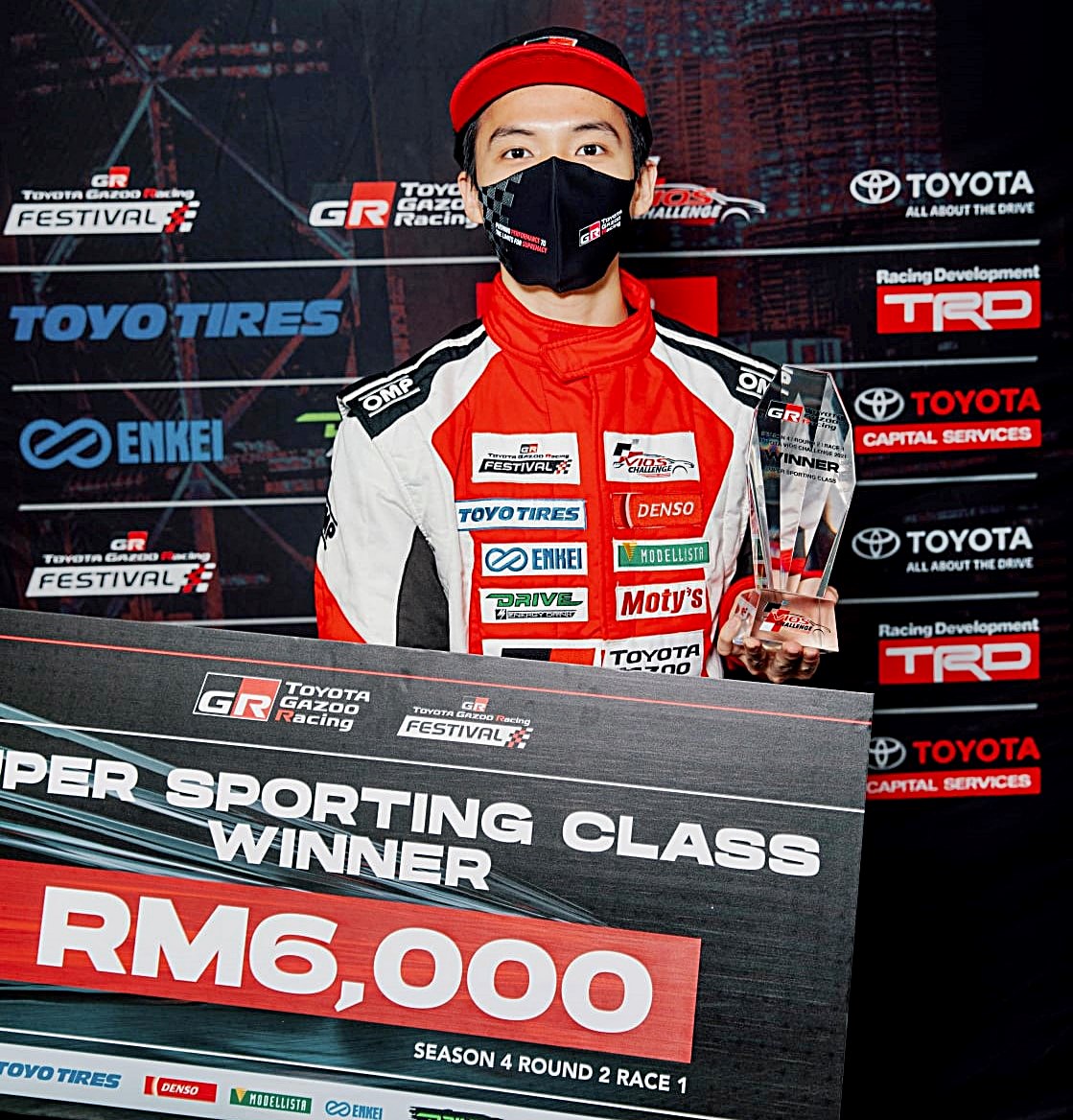
The overall champion in each of the 2 races at the GR Vios Sprint Cup stands to win RM10,000 cash, followed by RM8,000 for the first runner-up, RM6,000 to the third-place winner, and RM4,000 and RM2,000 for the fourth and fifth placed winners, respectively. In total, the Vios Sprint Cup offers prize monies amounting to RM60,000 per round.
UMW Toyota Motor is also putting up an additional RM30,000 in prize monies for its Toyota dealer teams making the GR Vios Sprint Cup the second most lucrative racing event in Malaysia next to the Vios Challenge.
With pandemic-related restrictions now eased, spectators are allowed to be at the racetrack to watch the races this weekend. Or you can also watch the live broadcasts UMW Toyota Motor’s Facebook page from the comfort of home. Click here for more information on GAZOO Racing Malaysia’s activities.
GAZOO Racing to have 11 races in 2022 with addition of Vios Sprint Cup and Vios Enduro Cup


